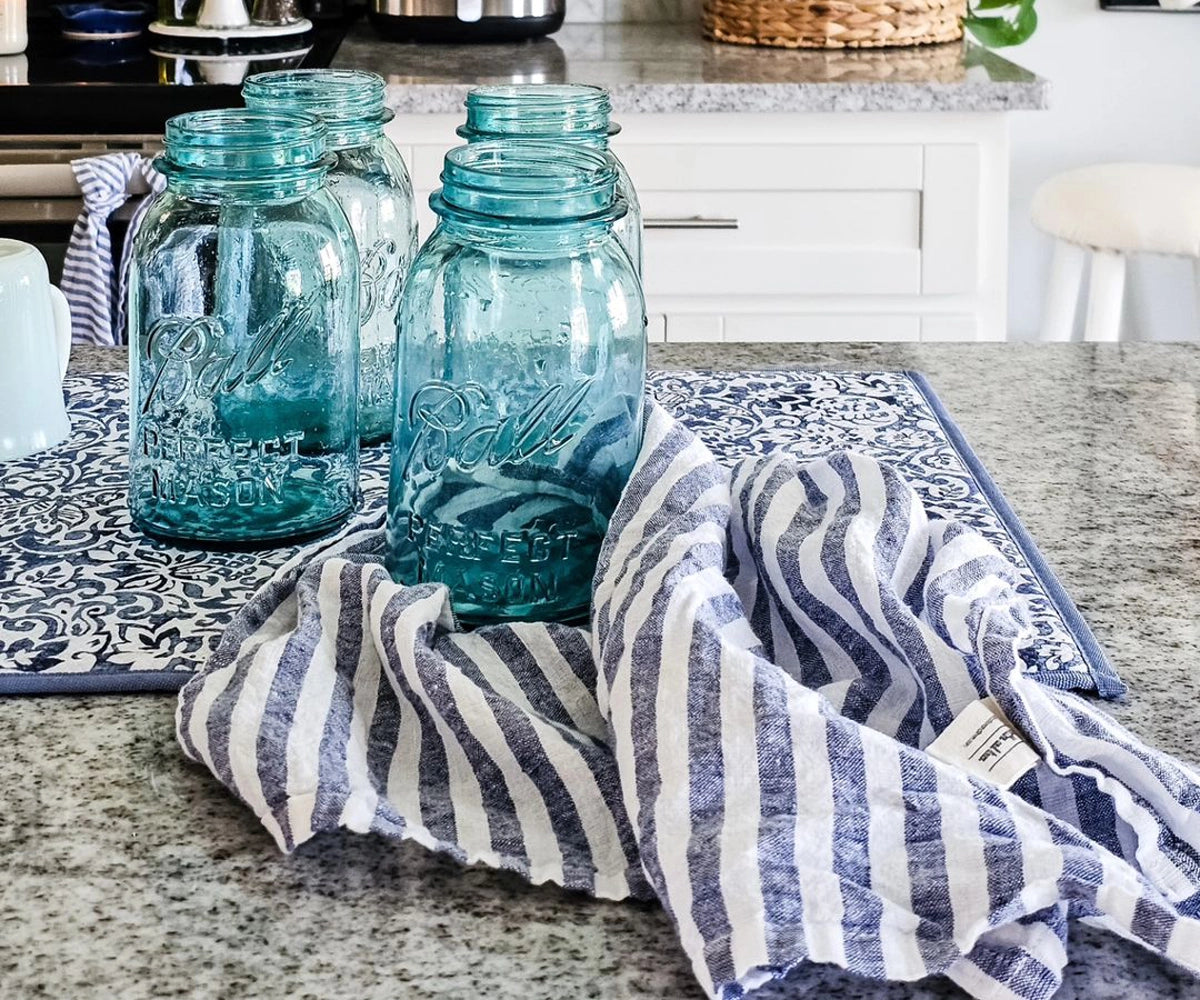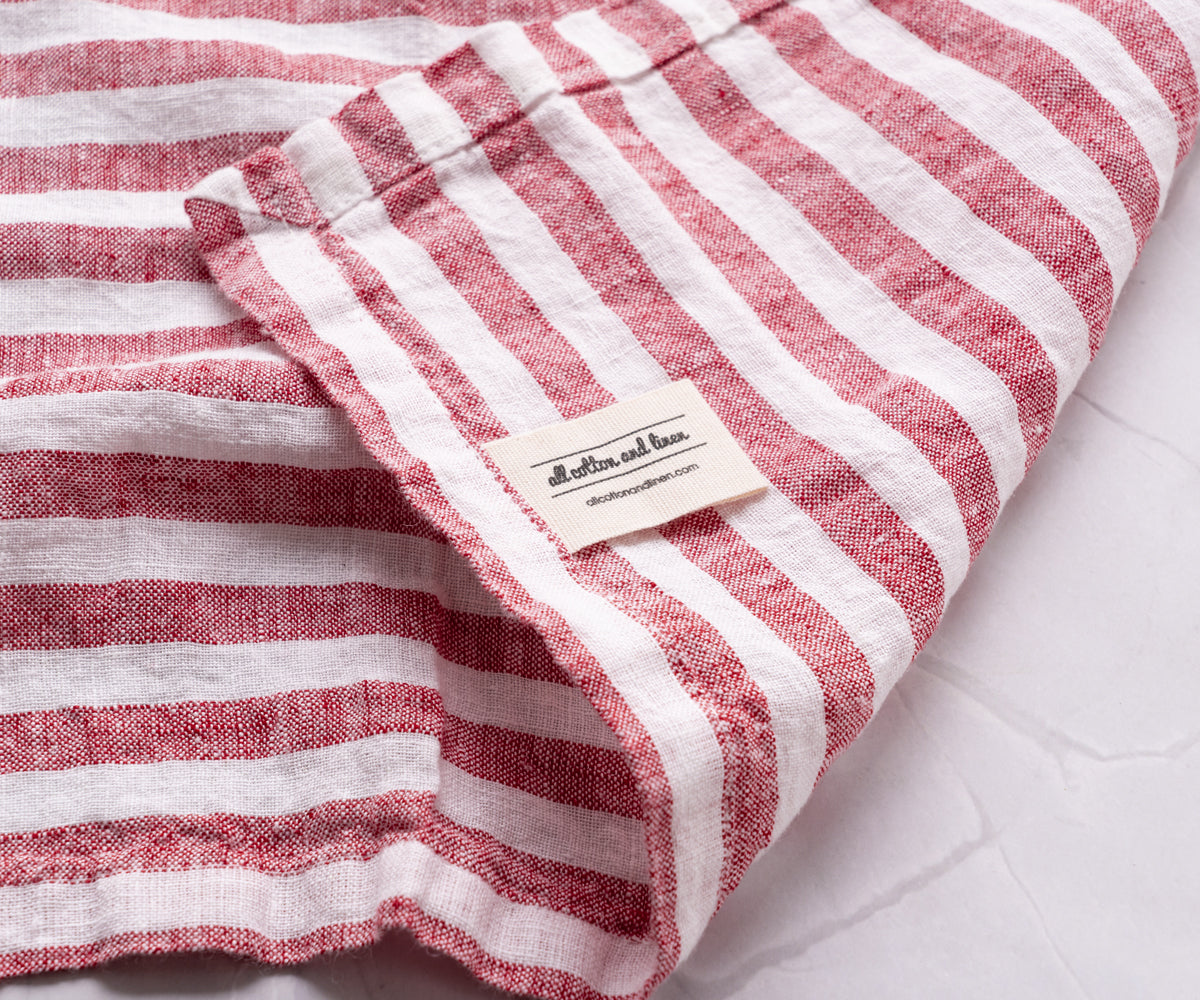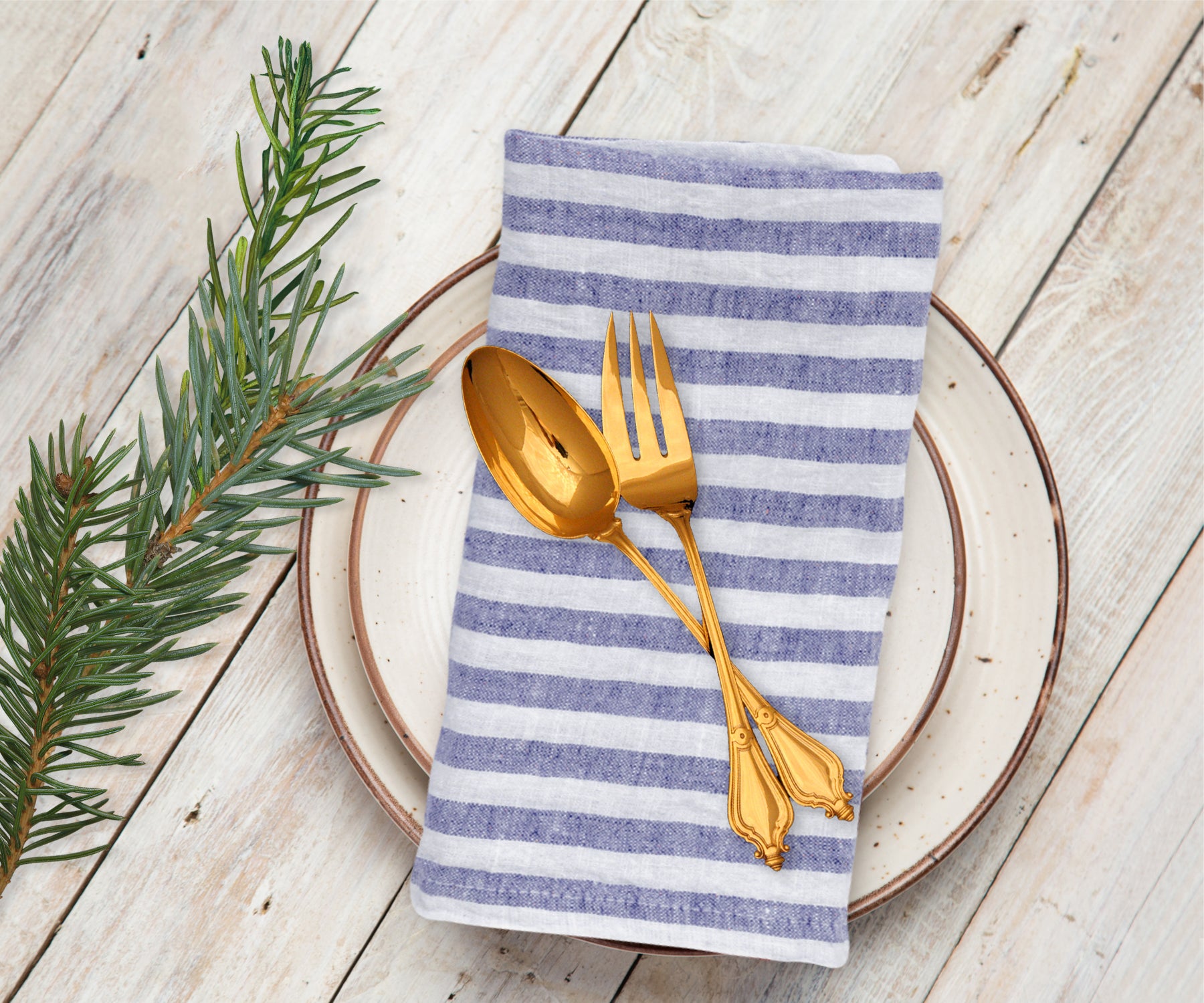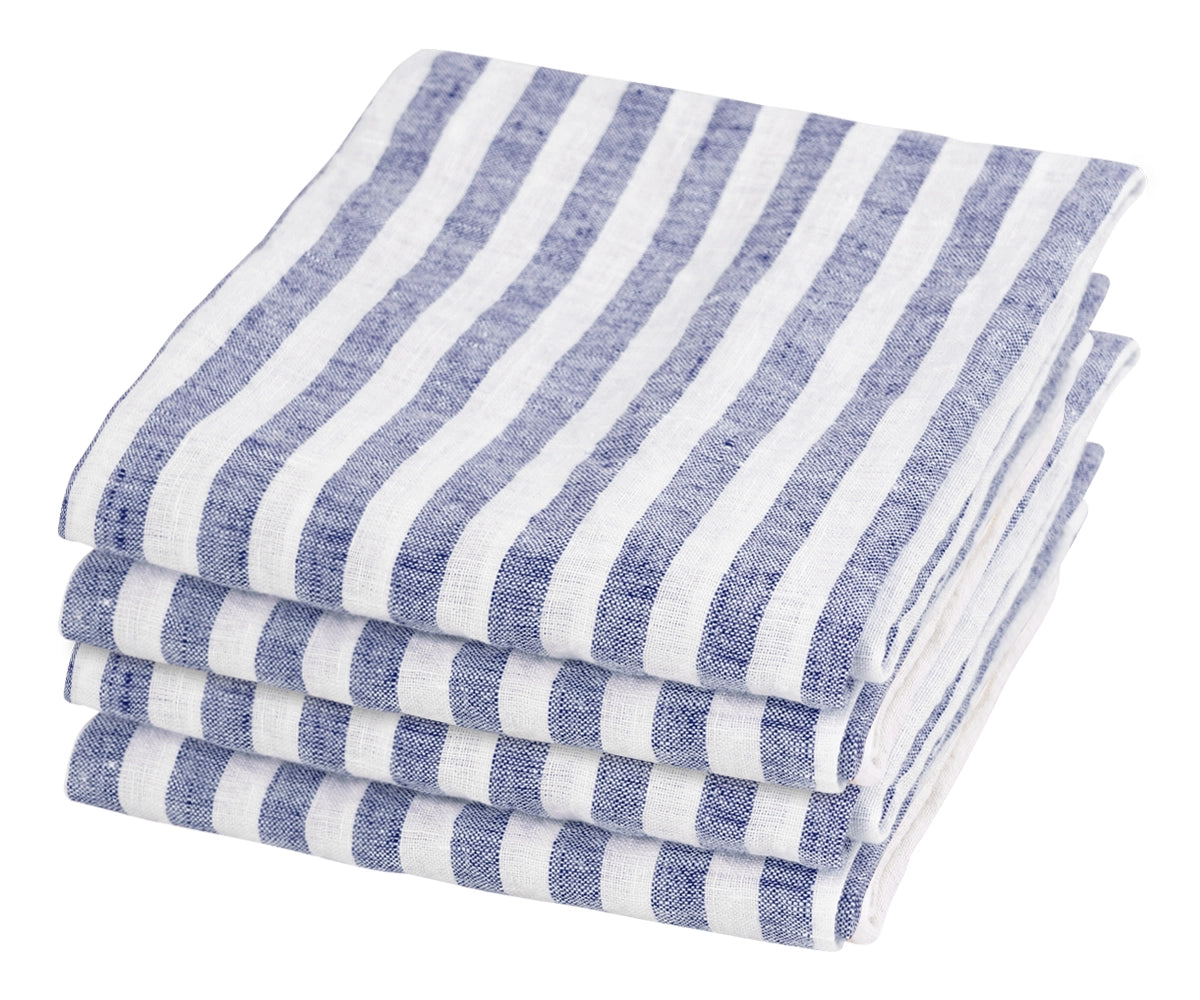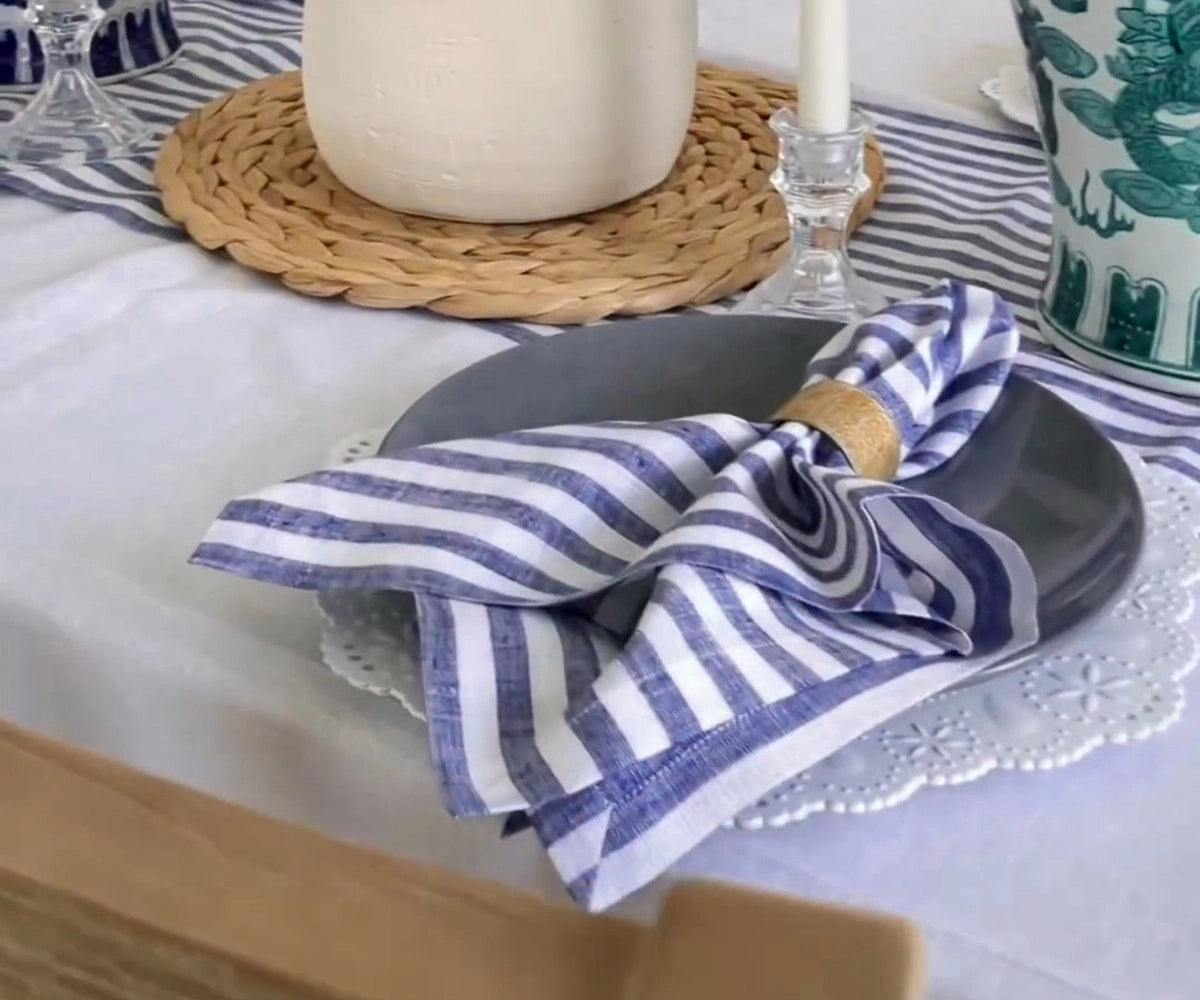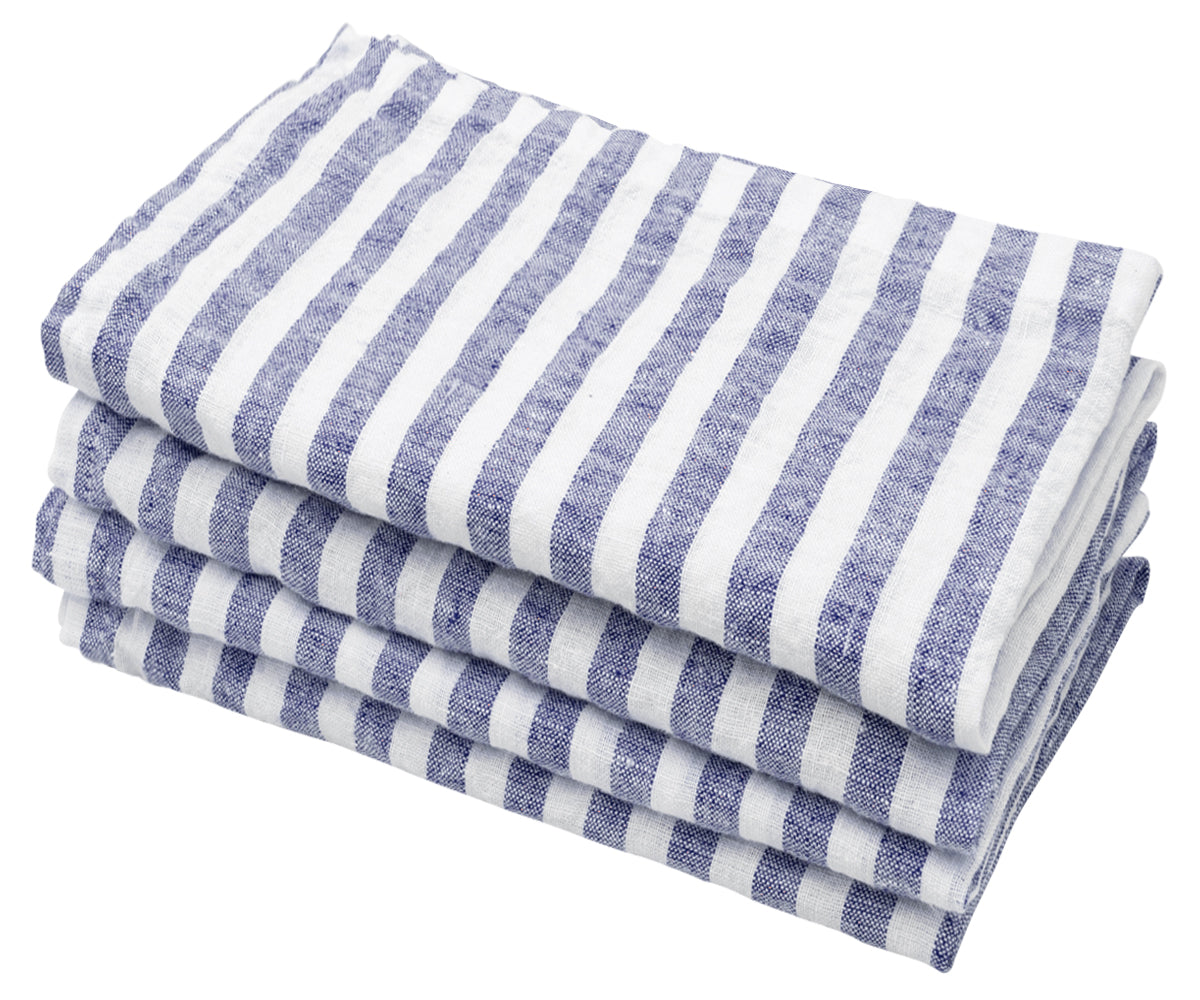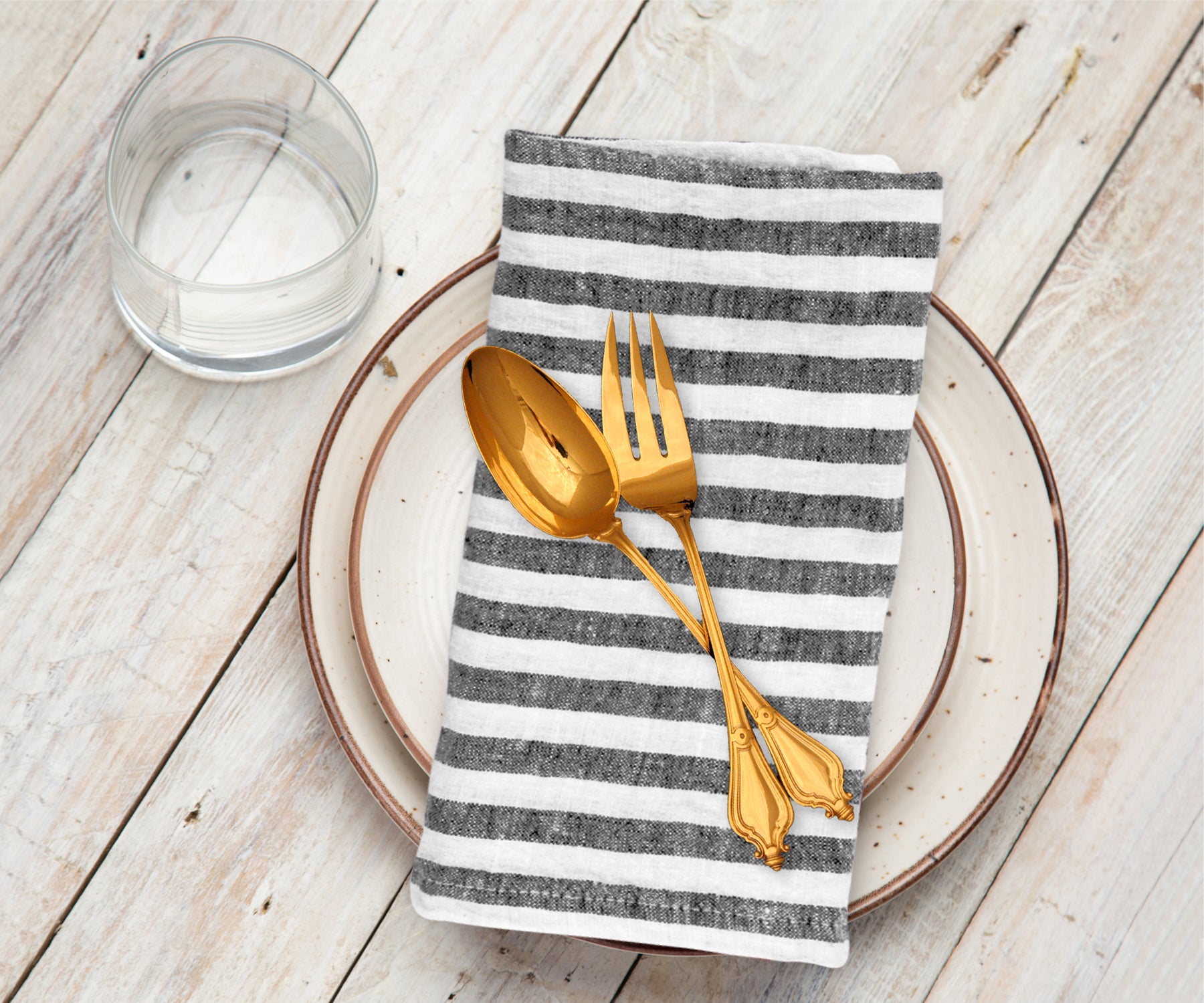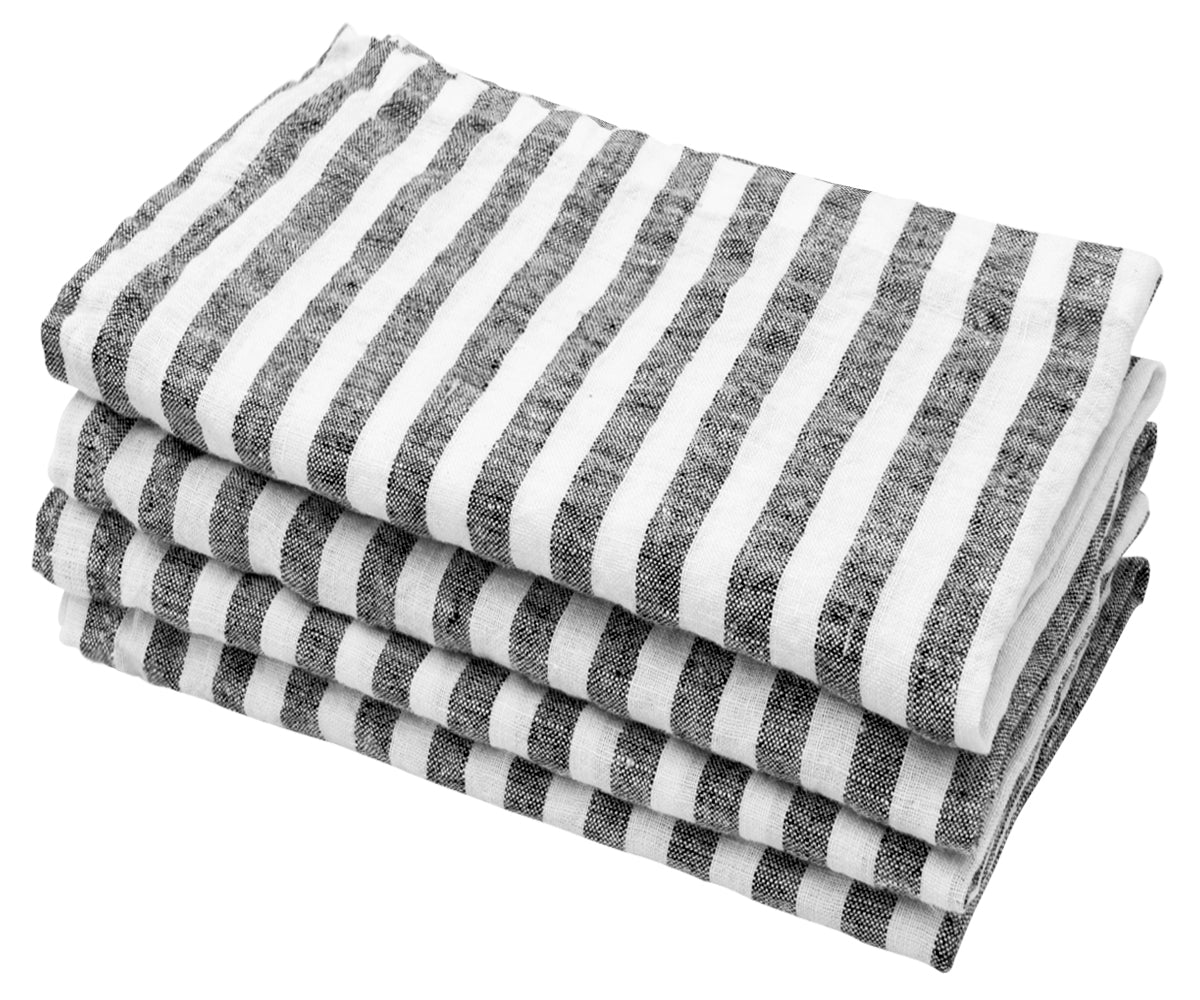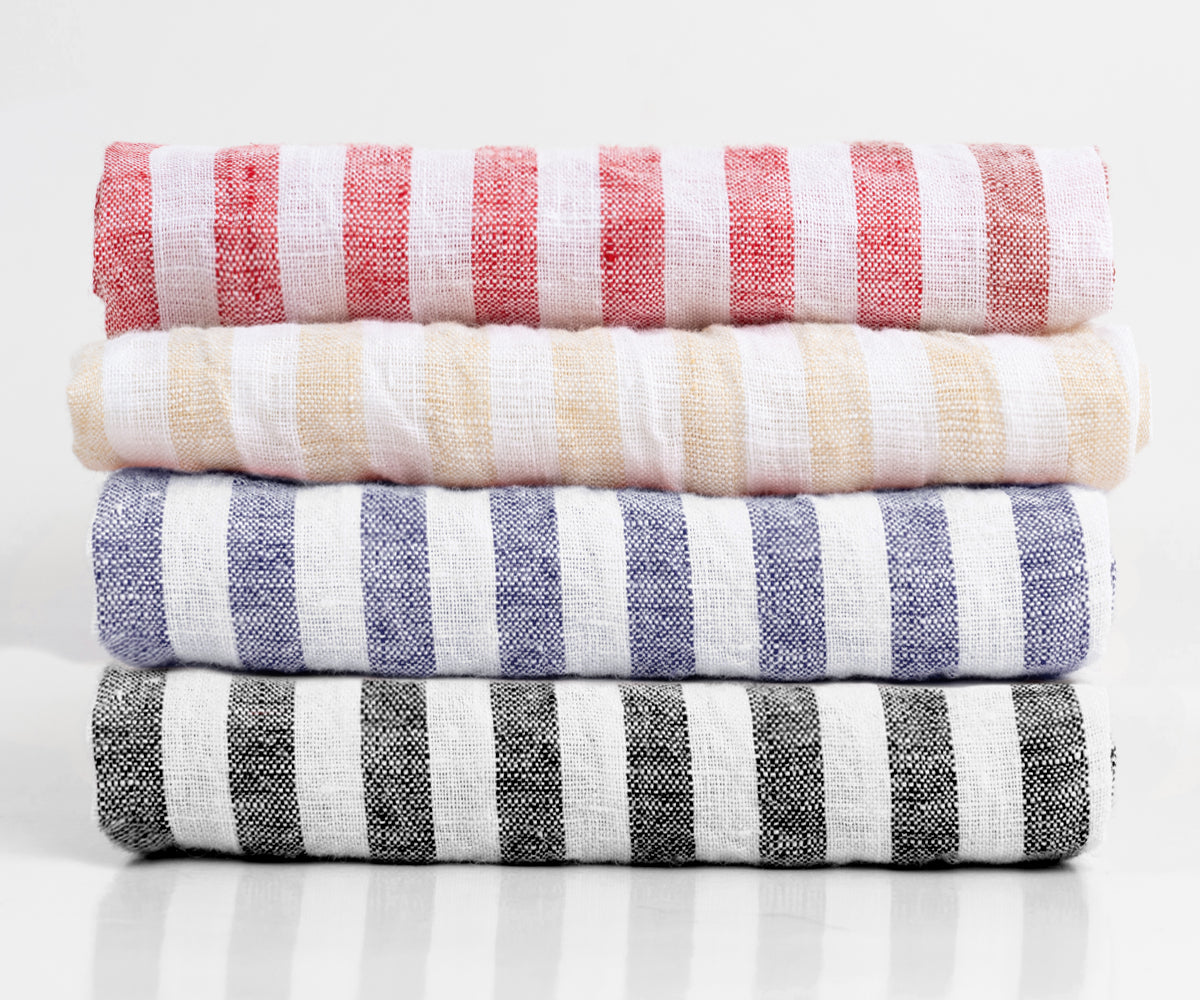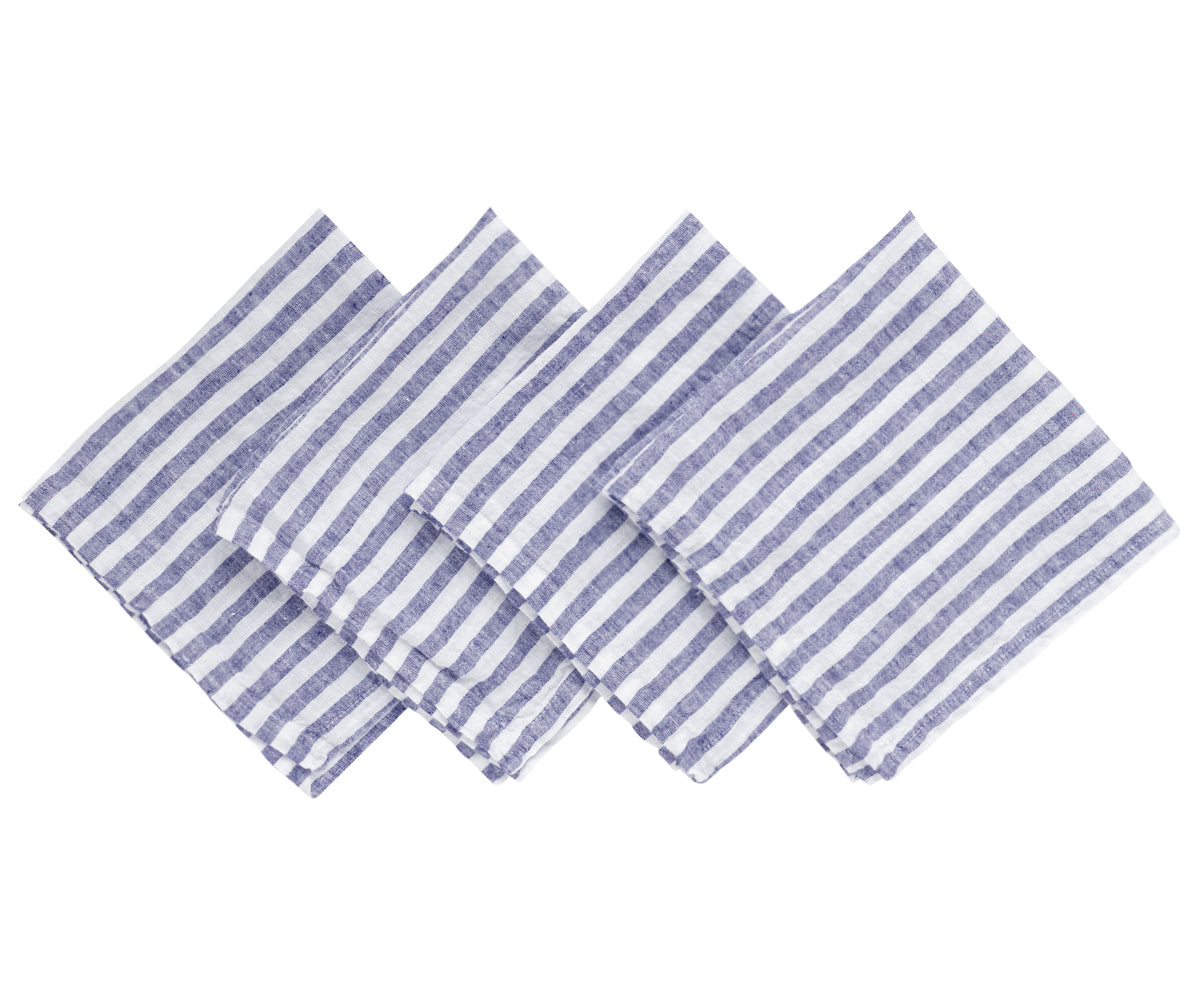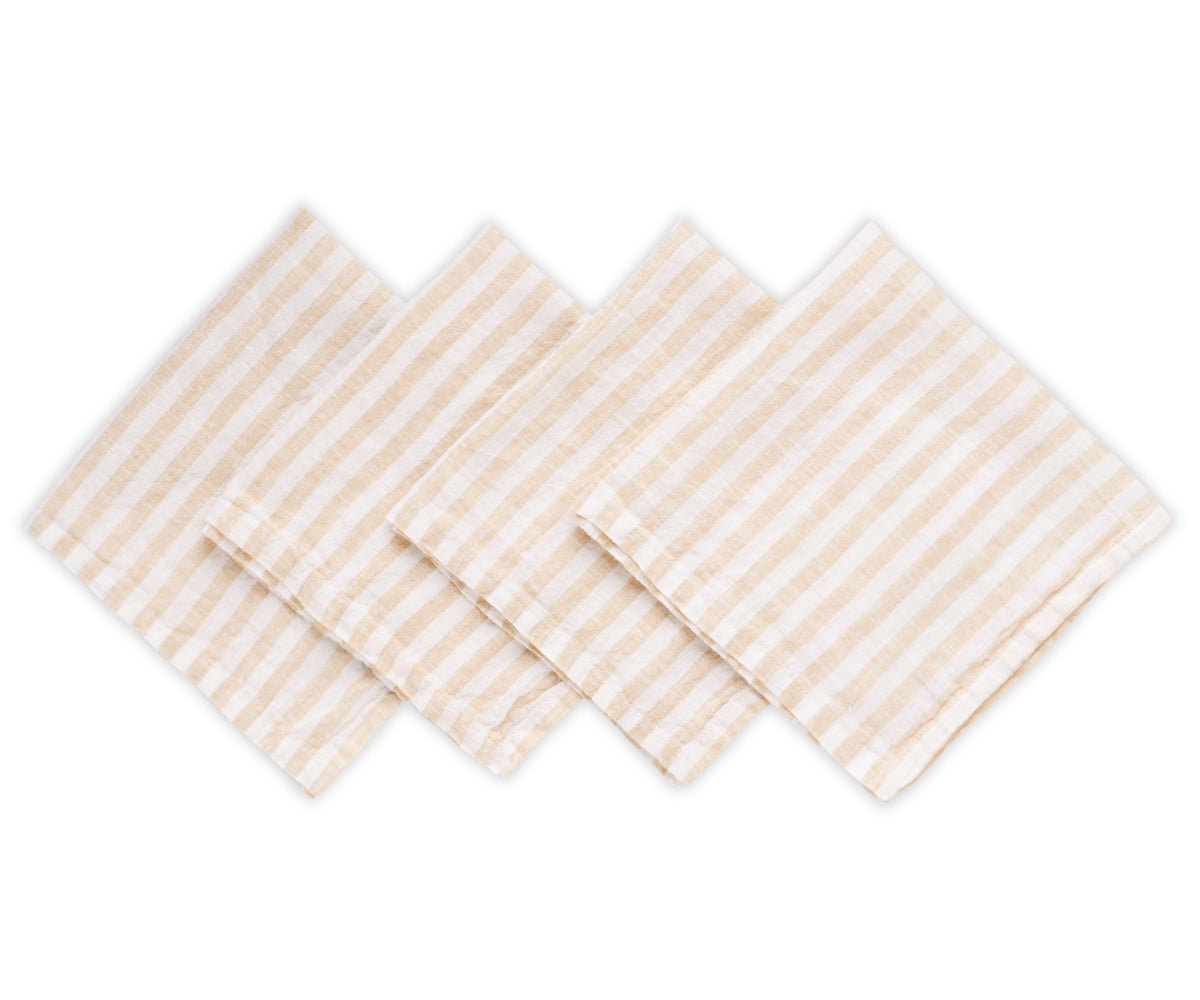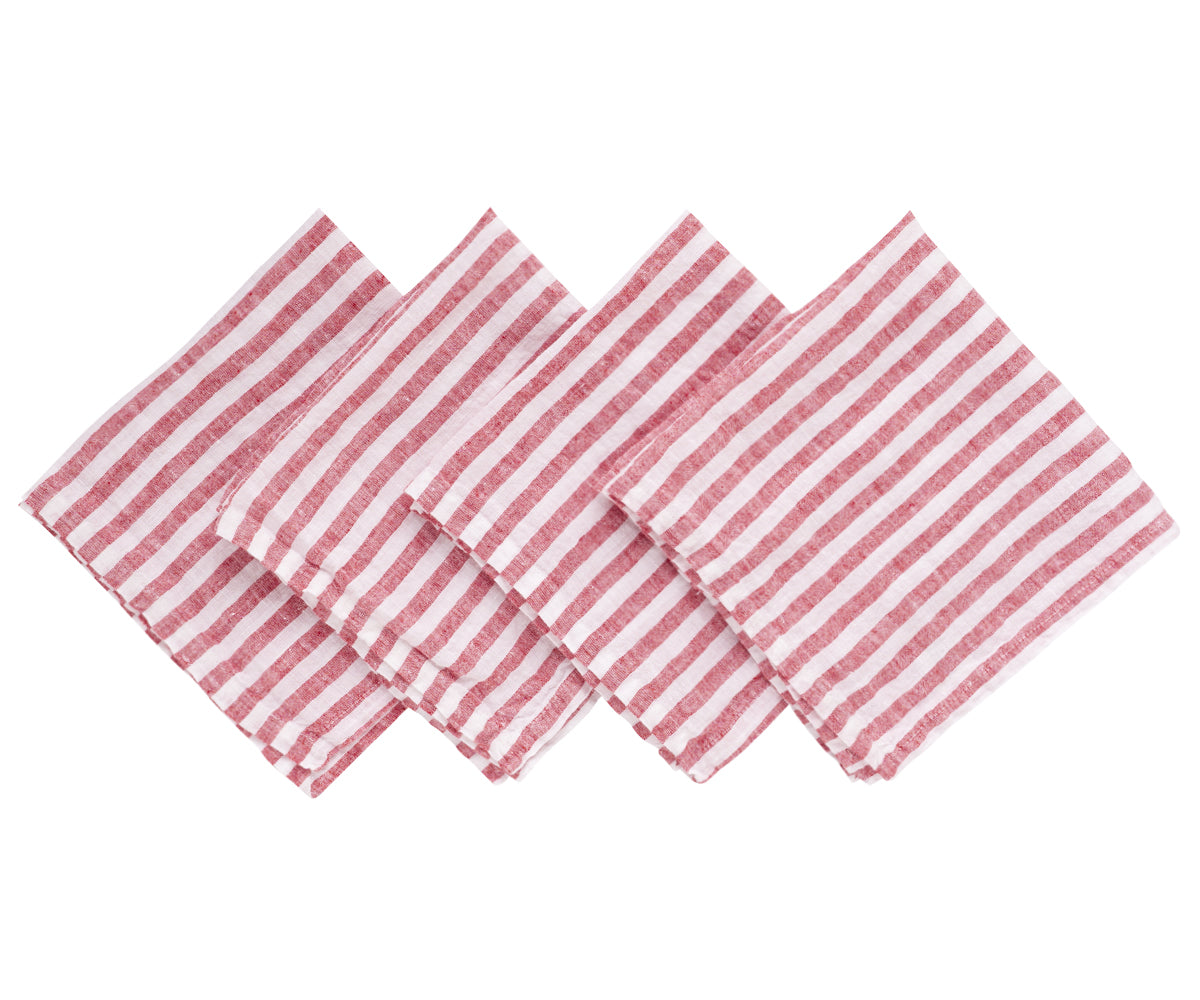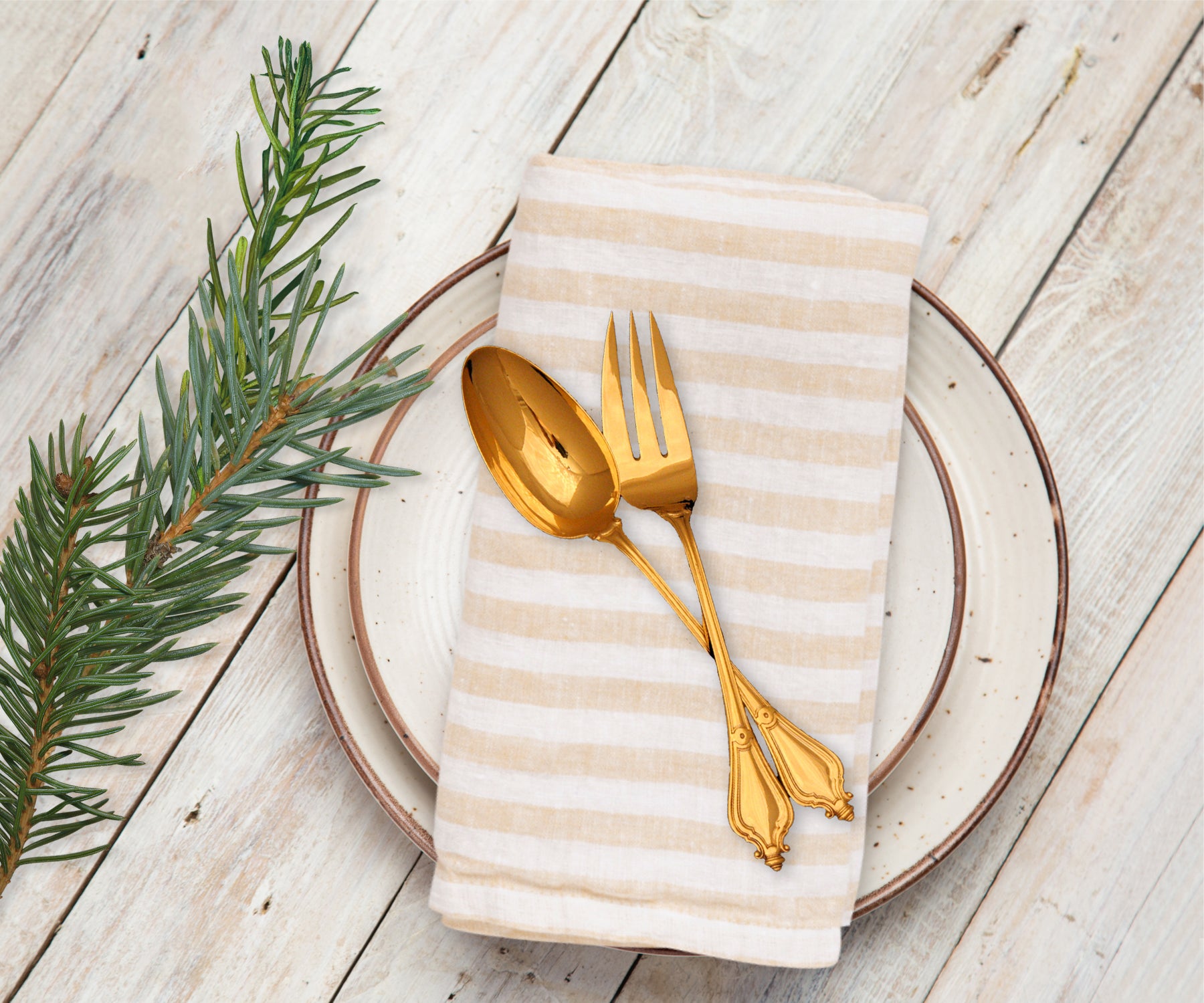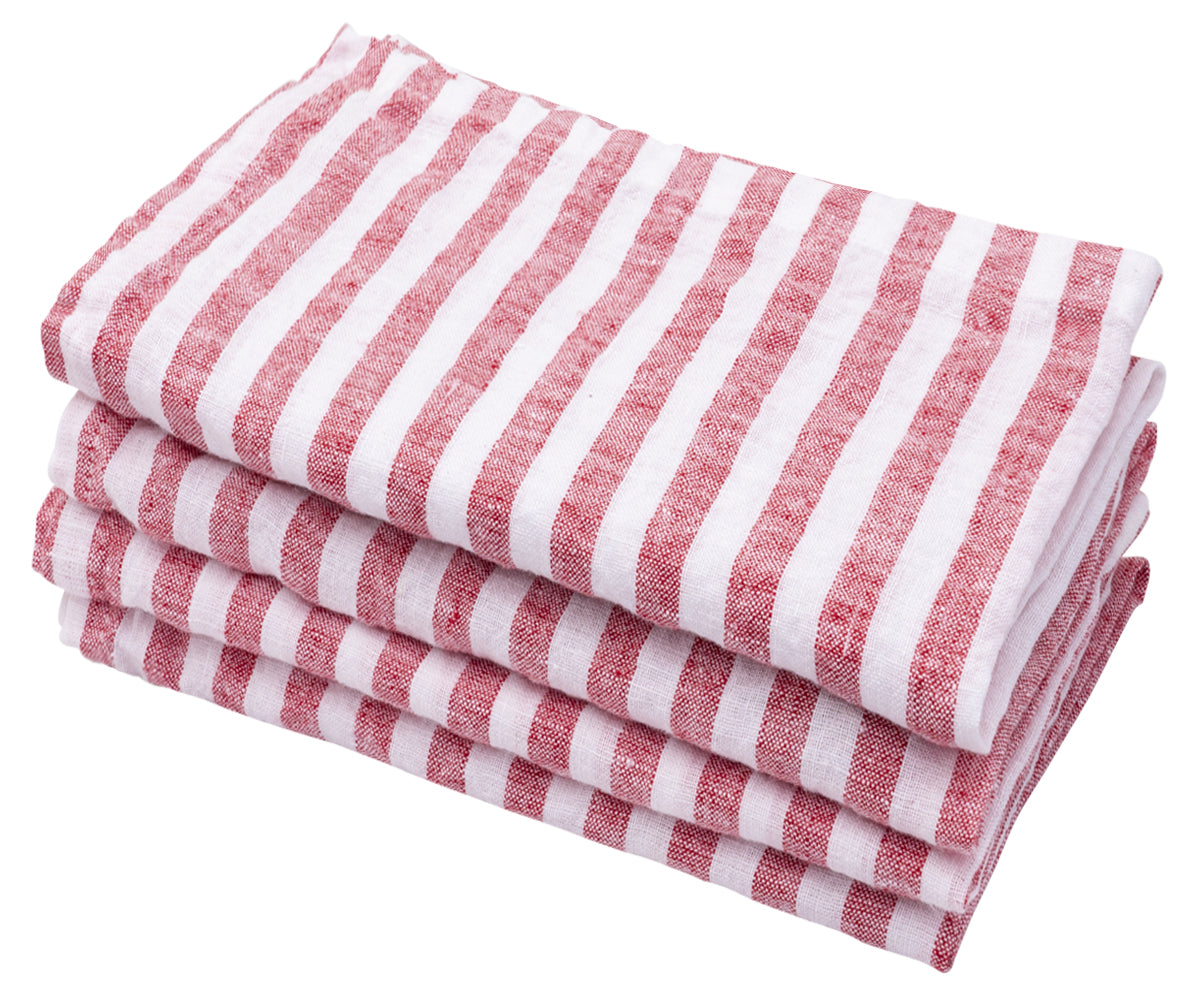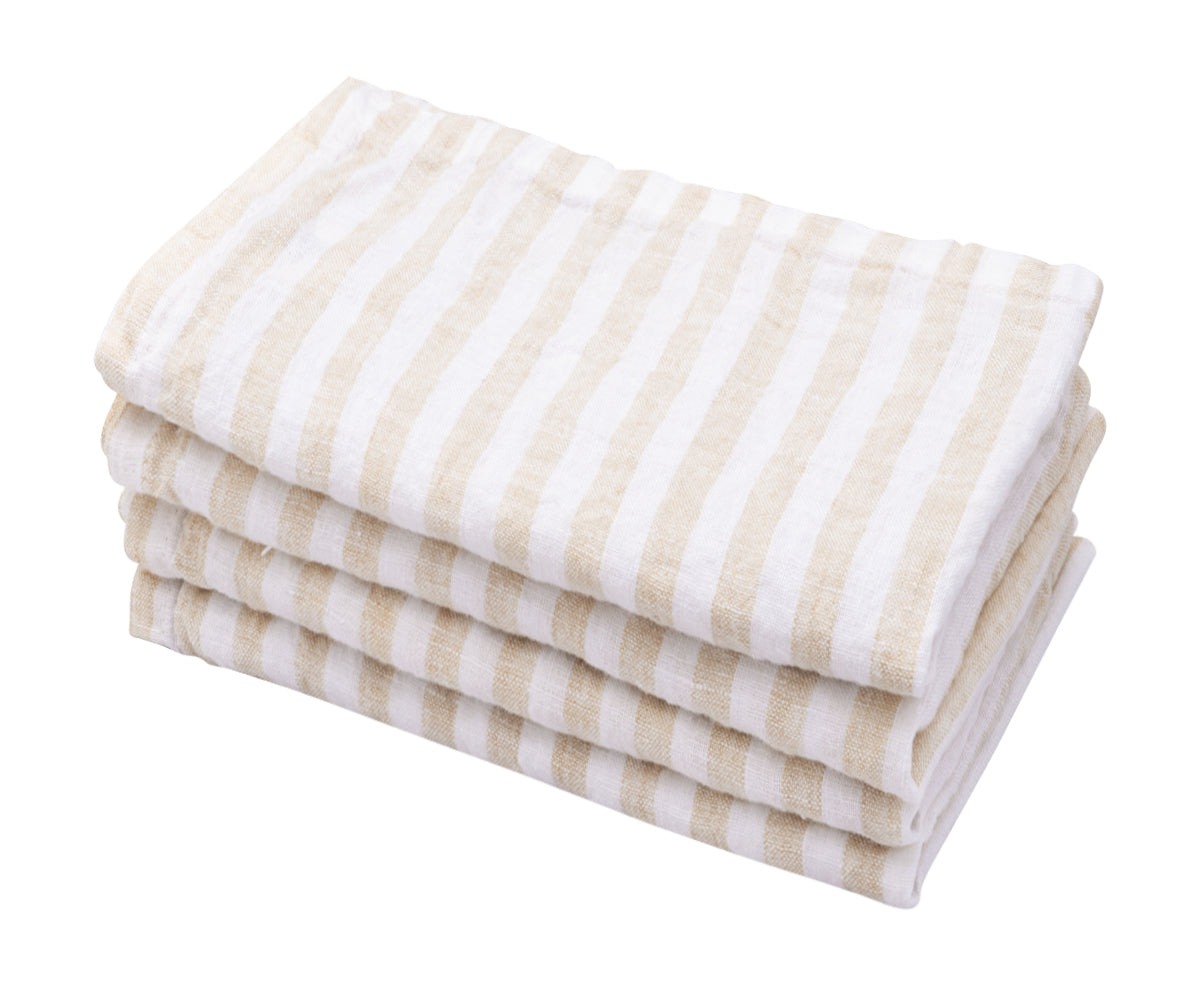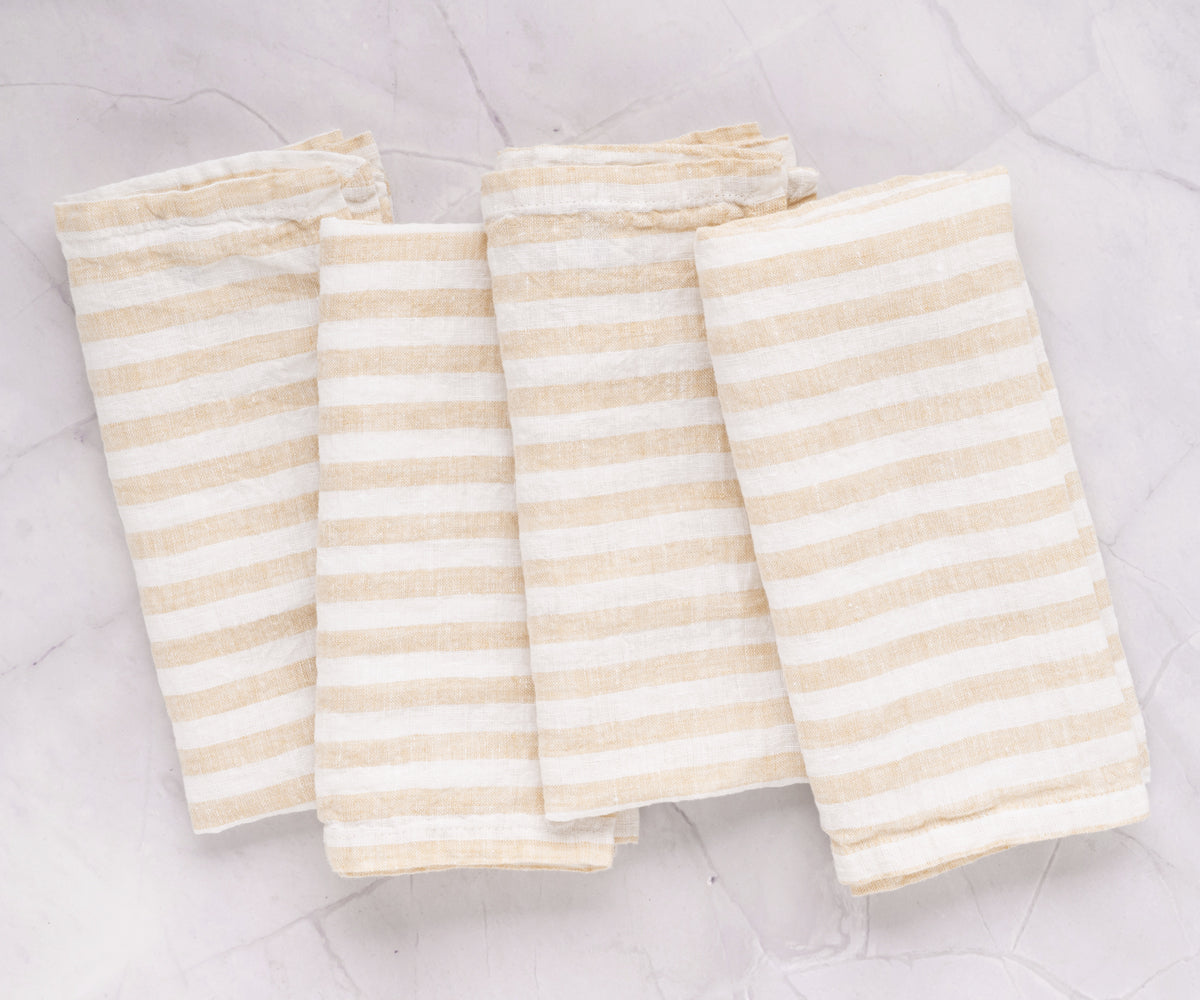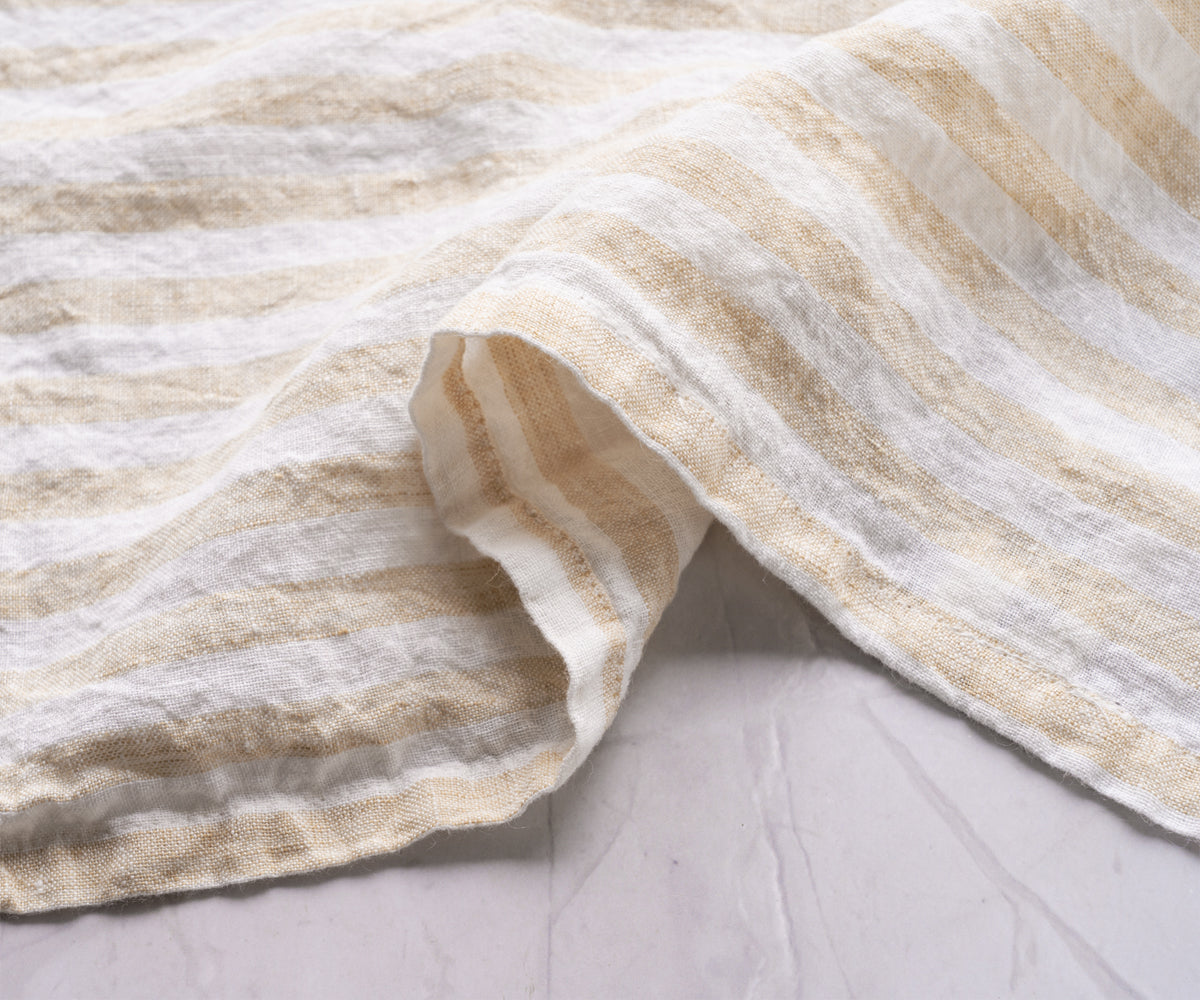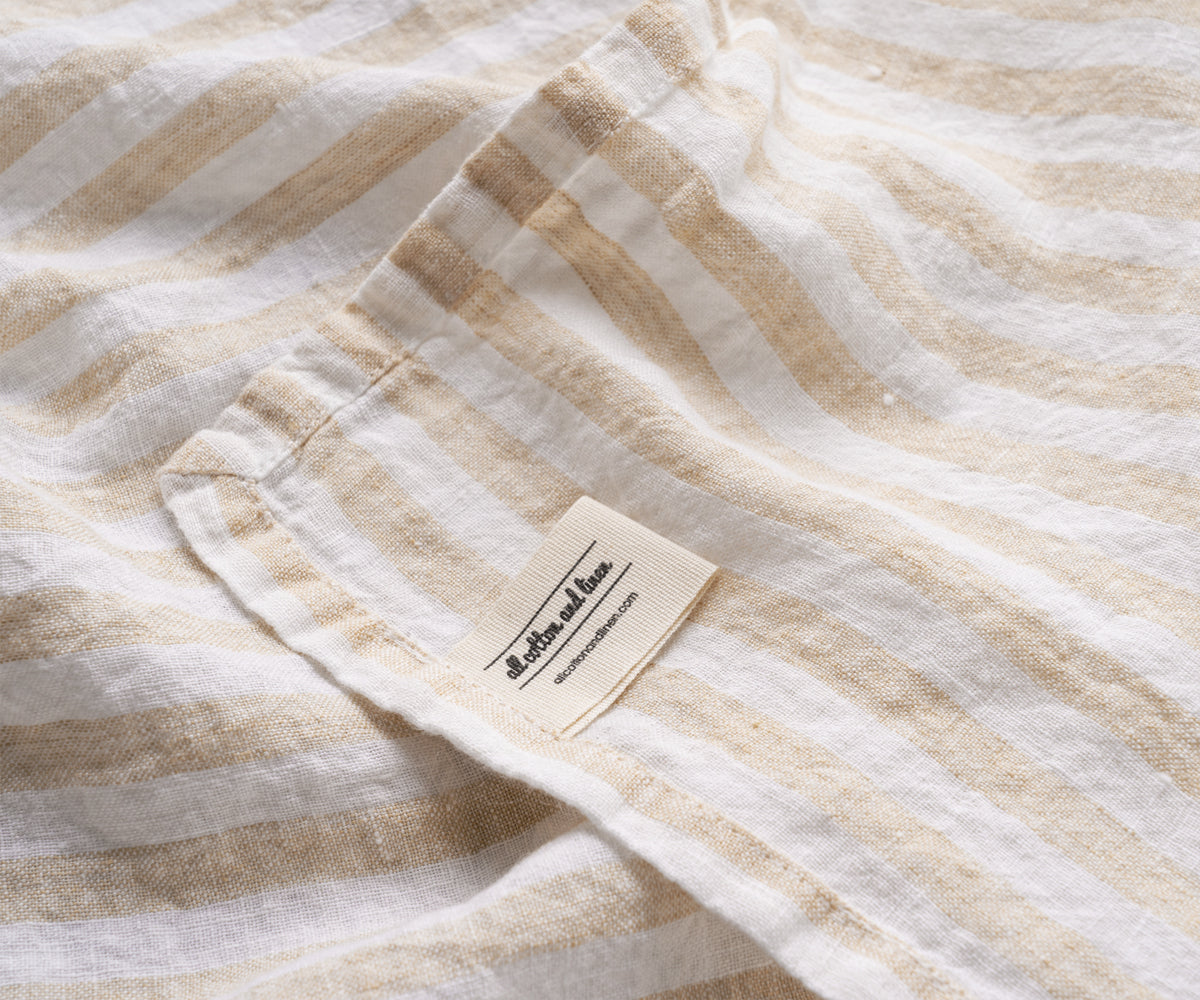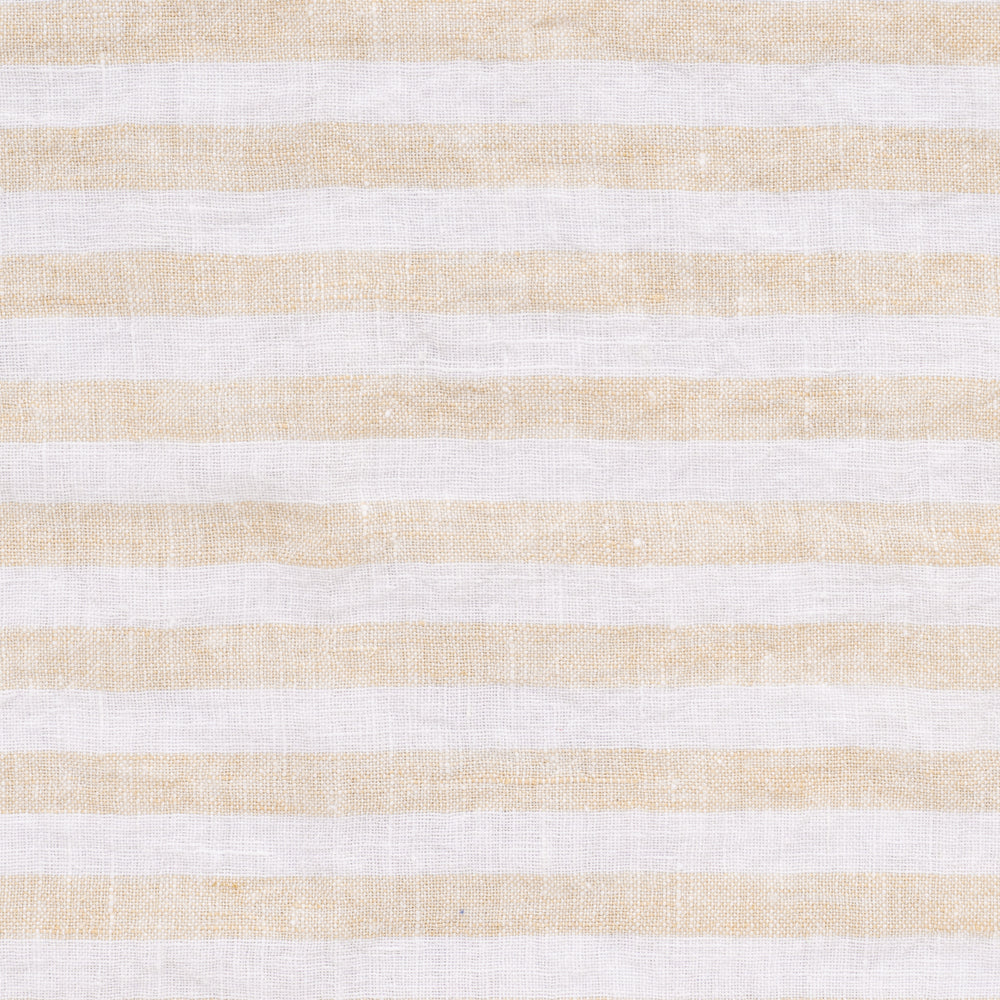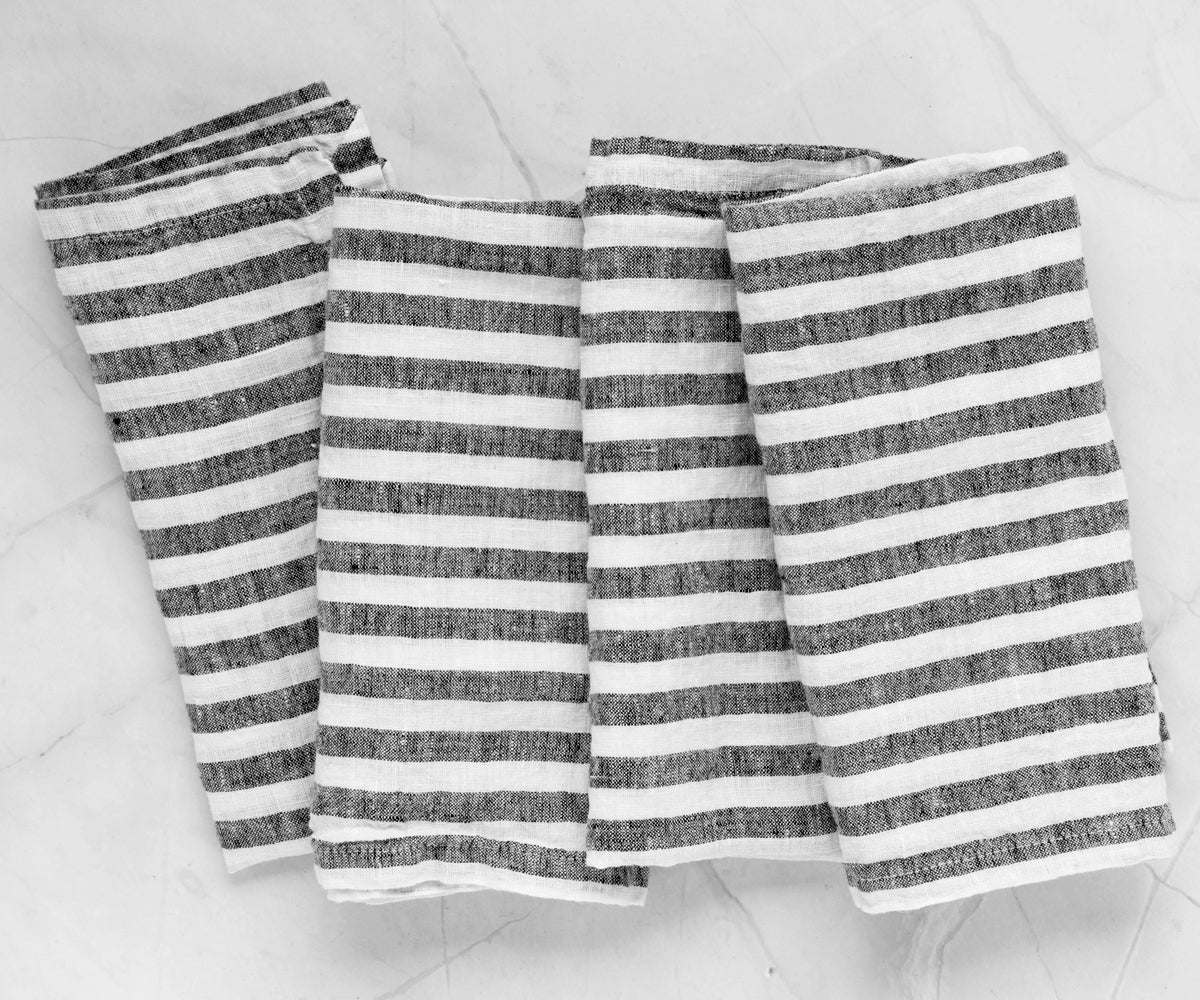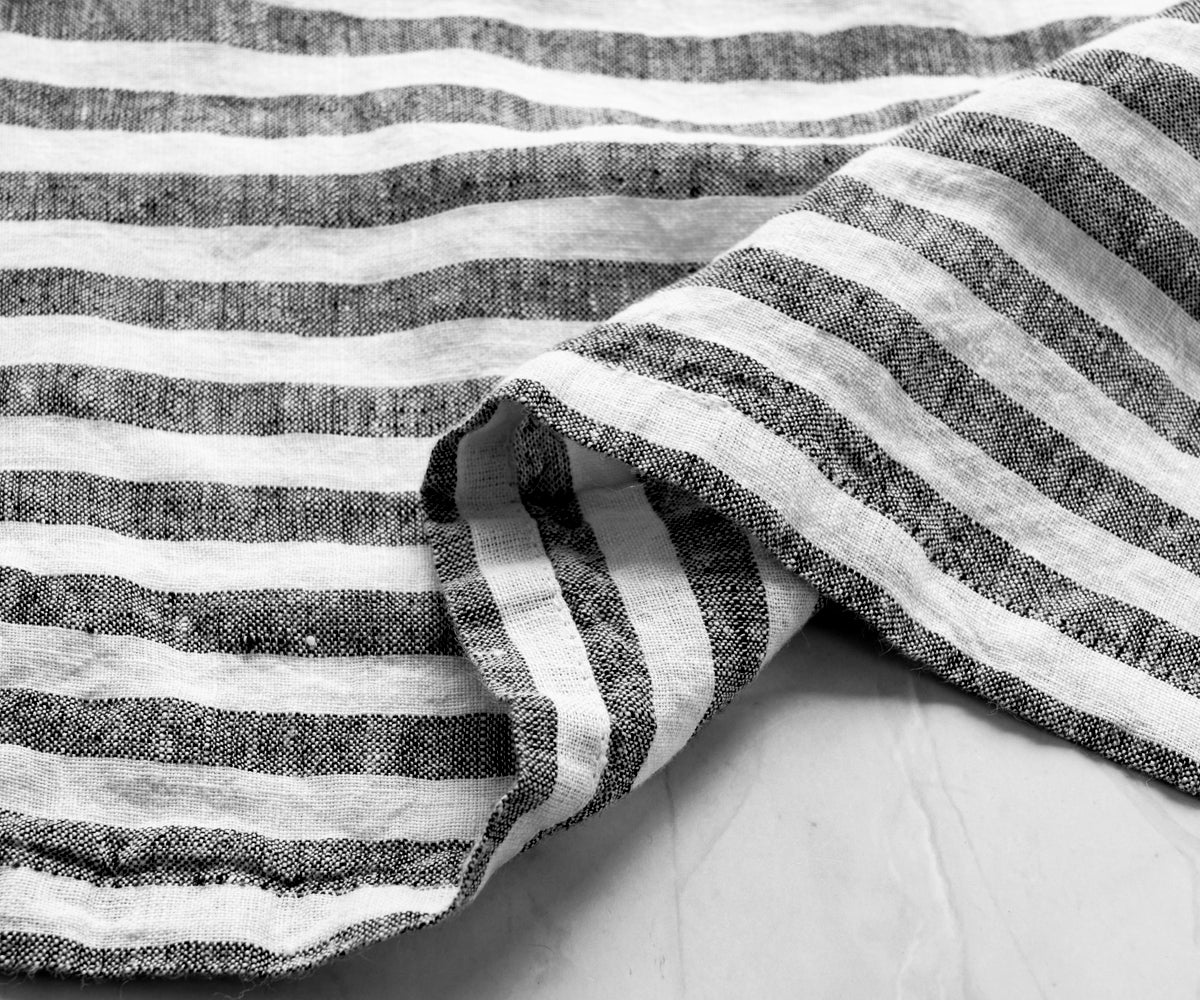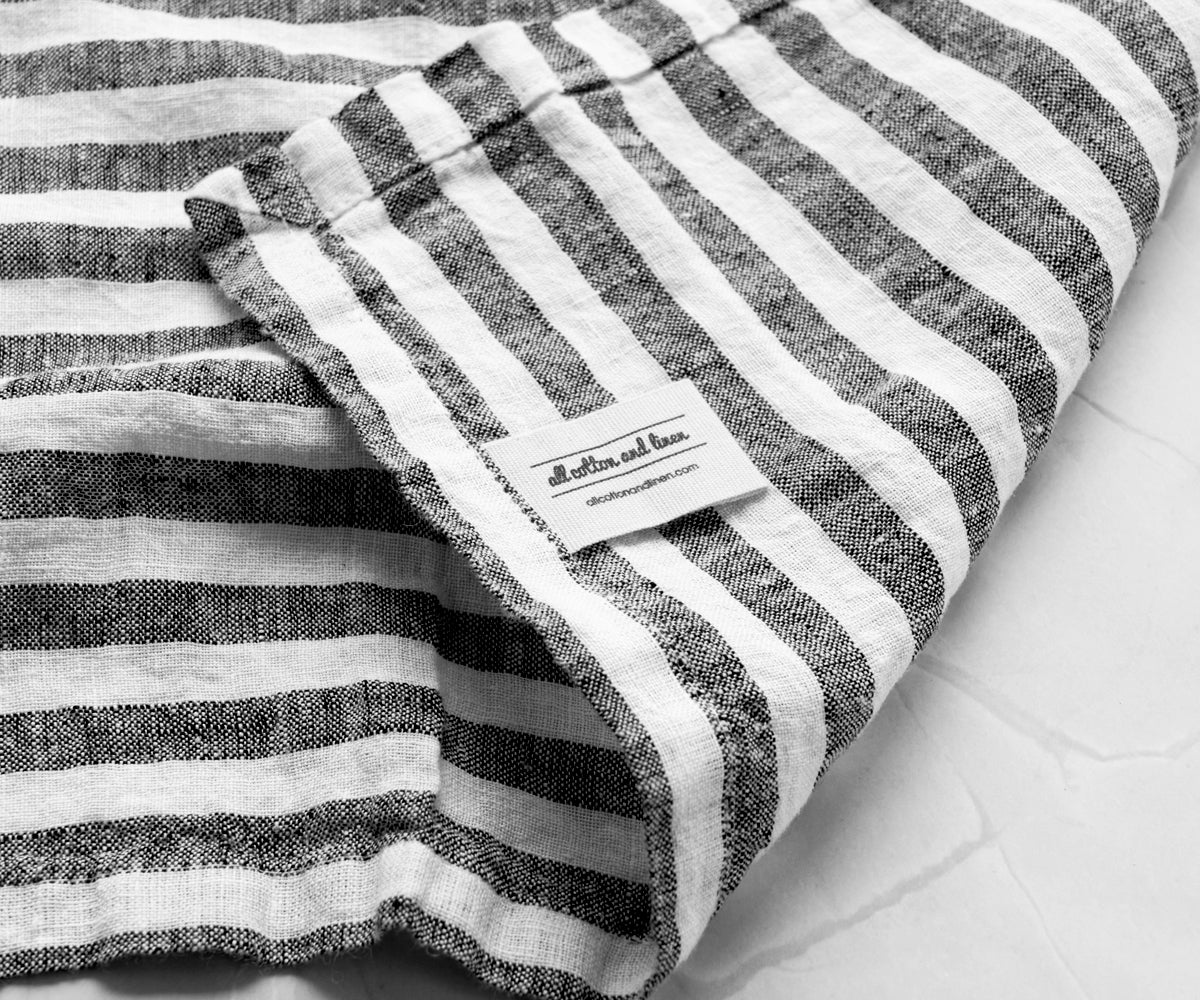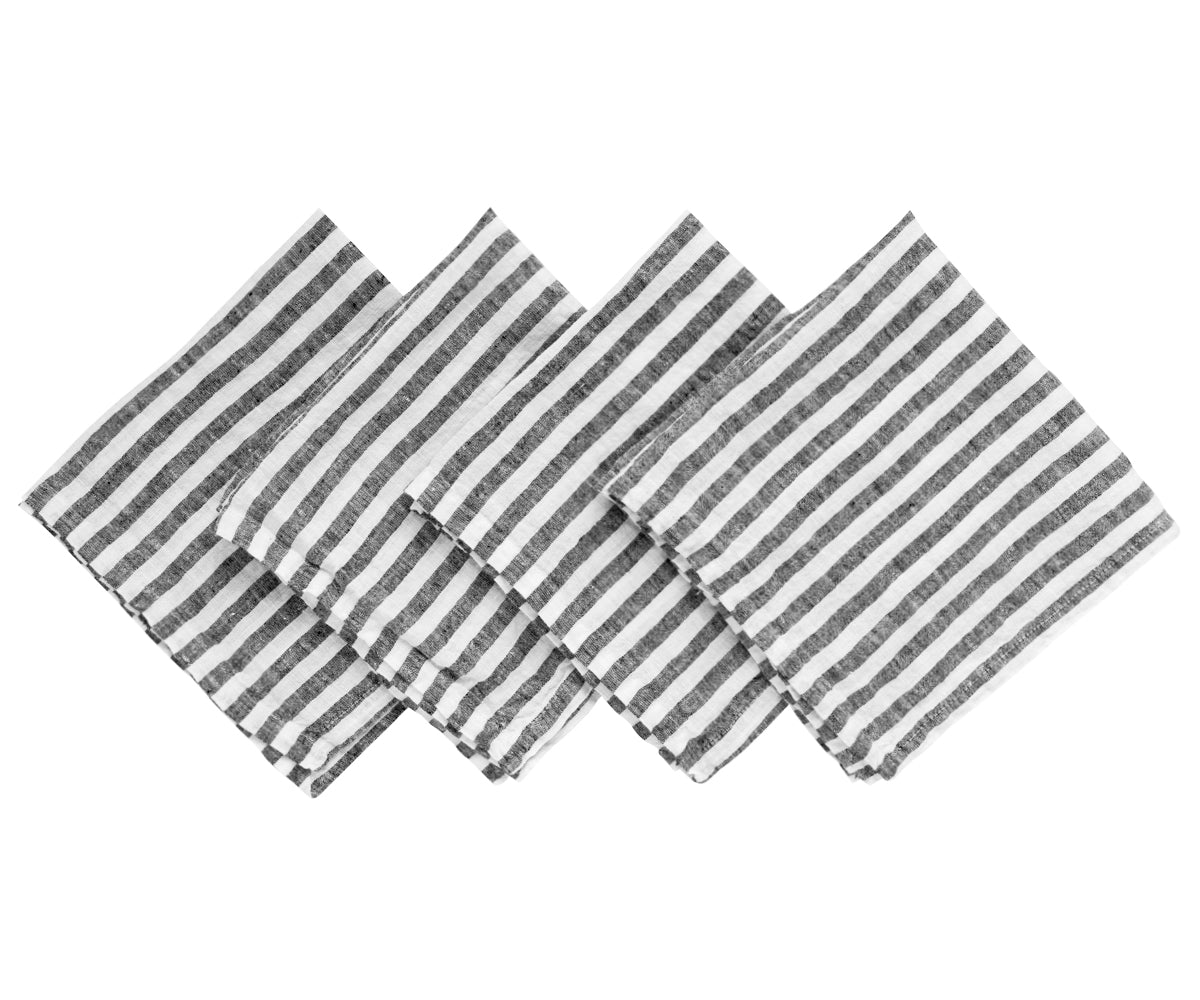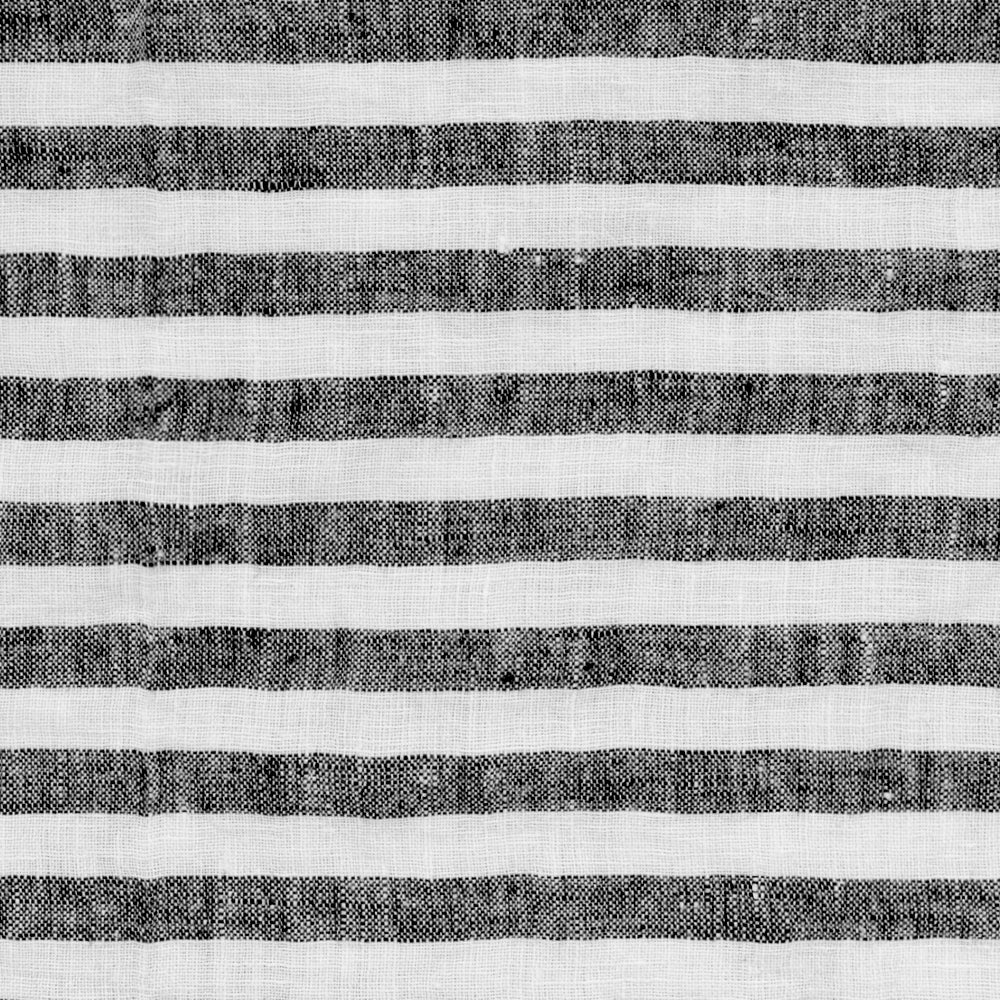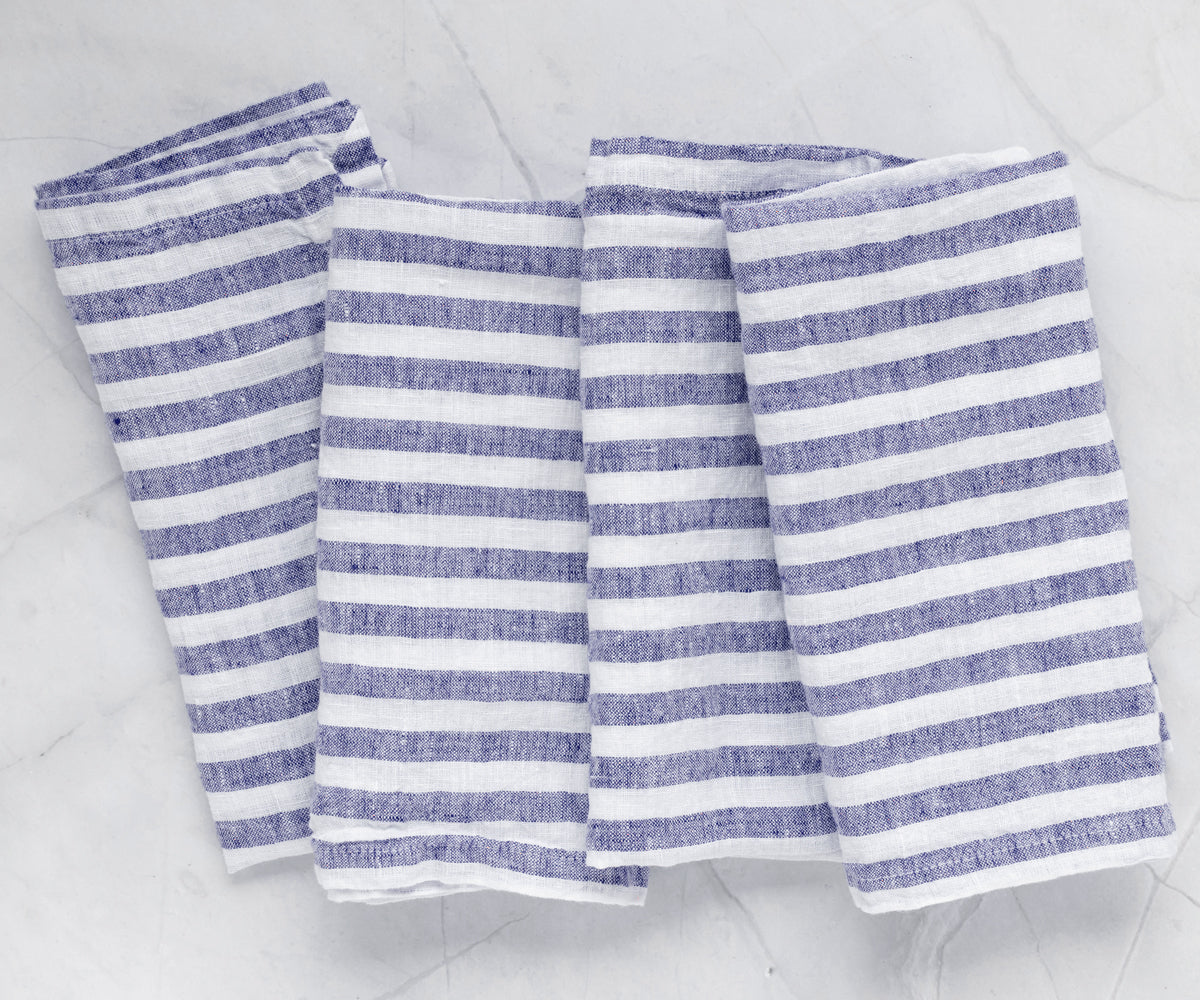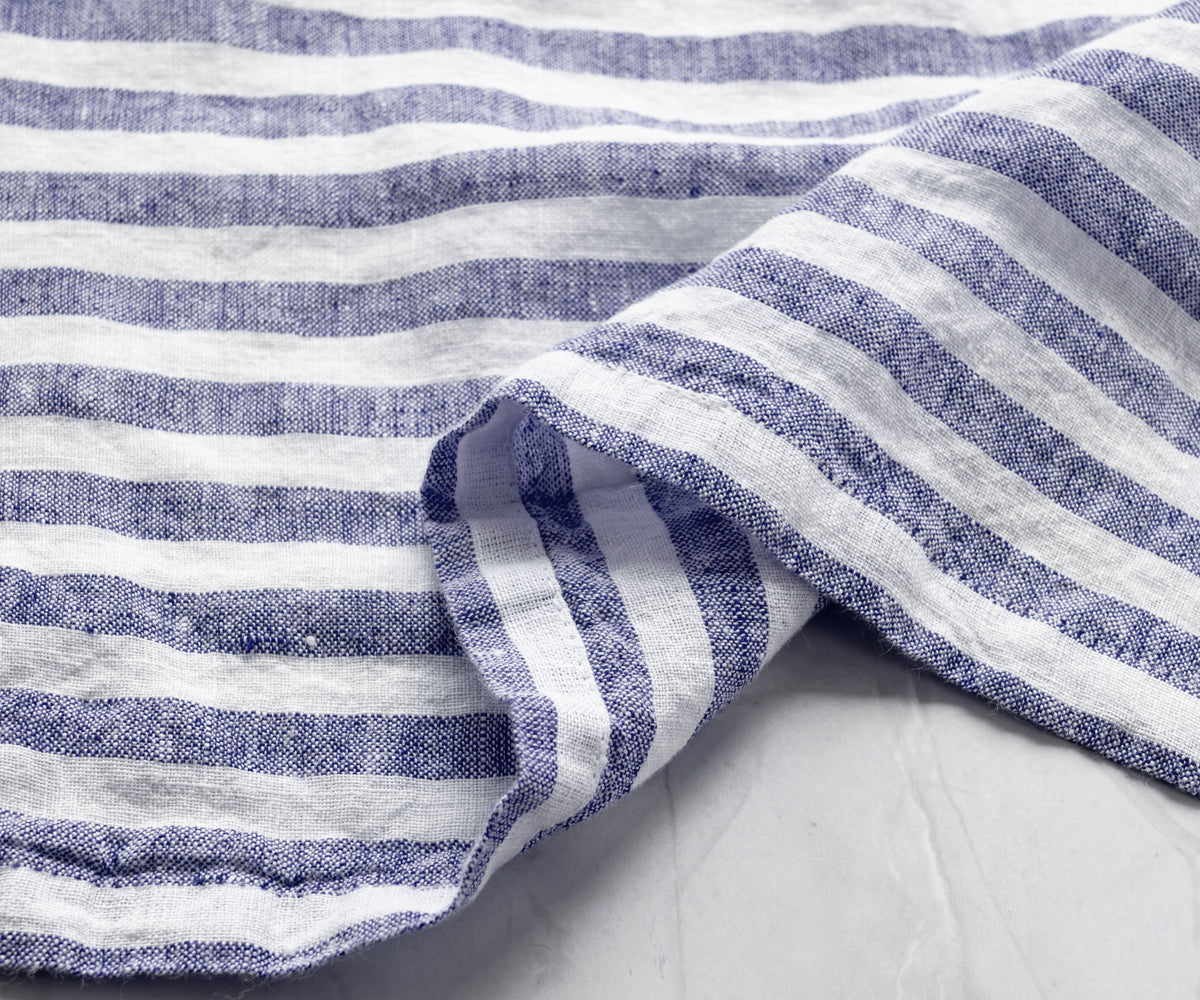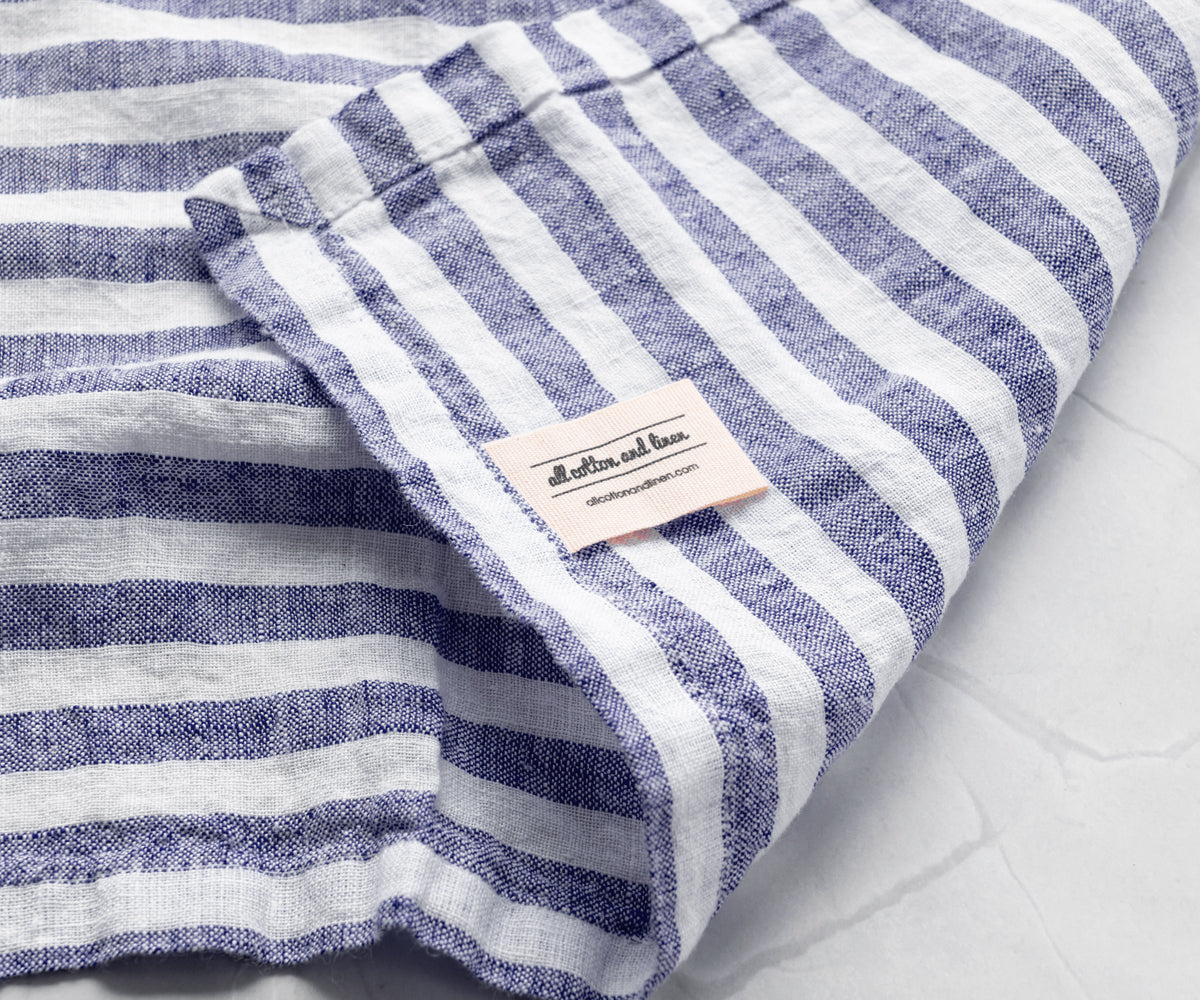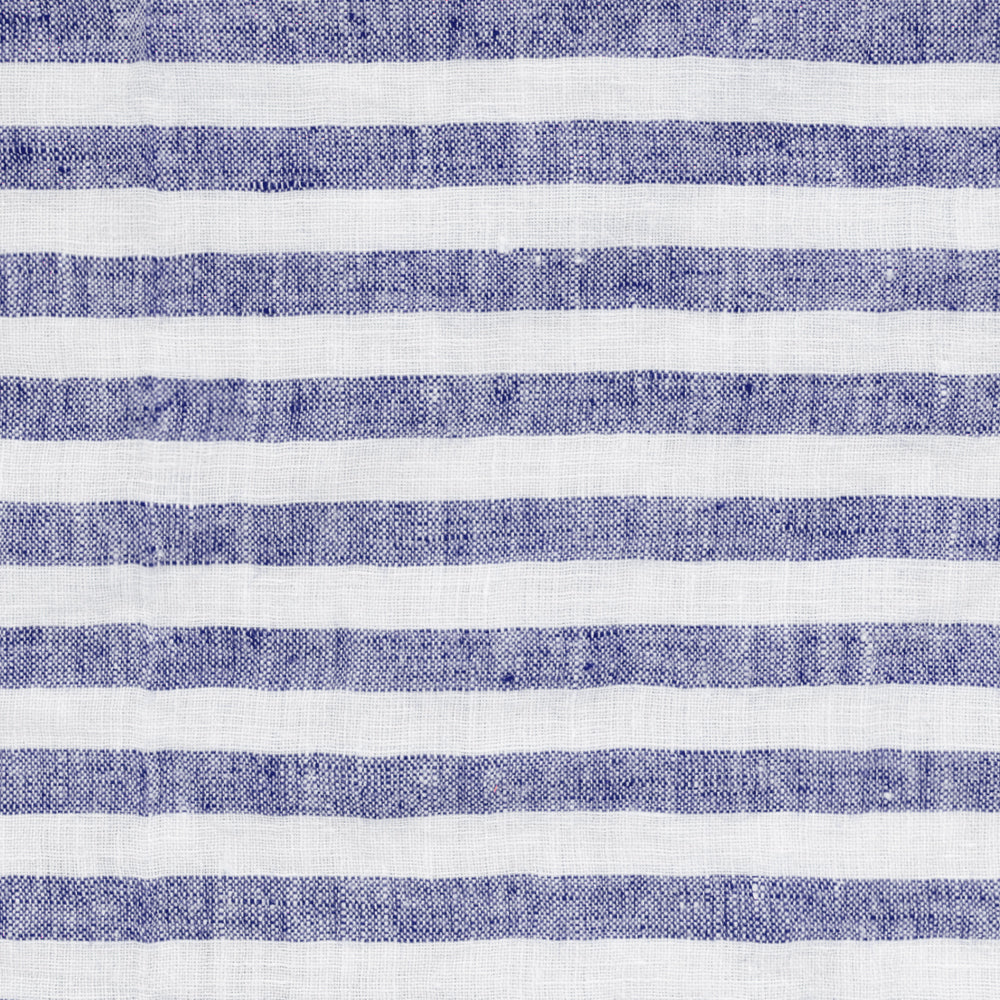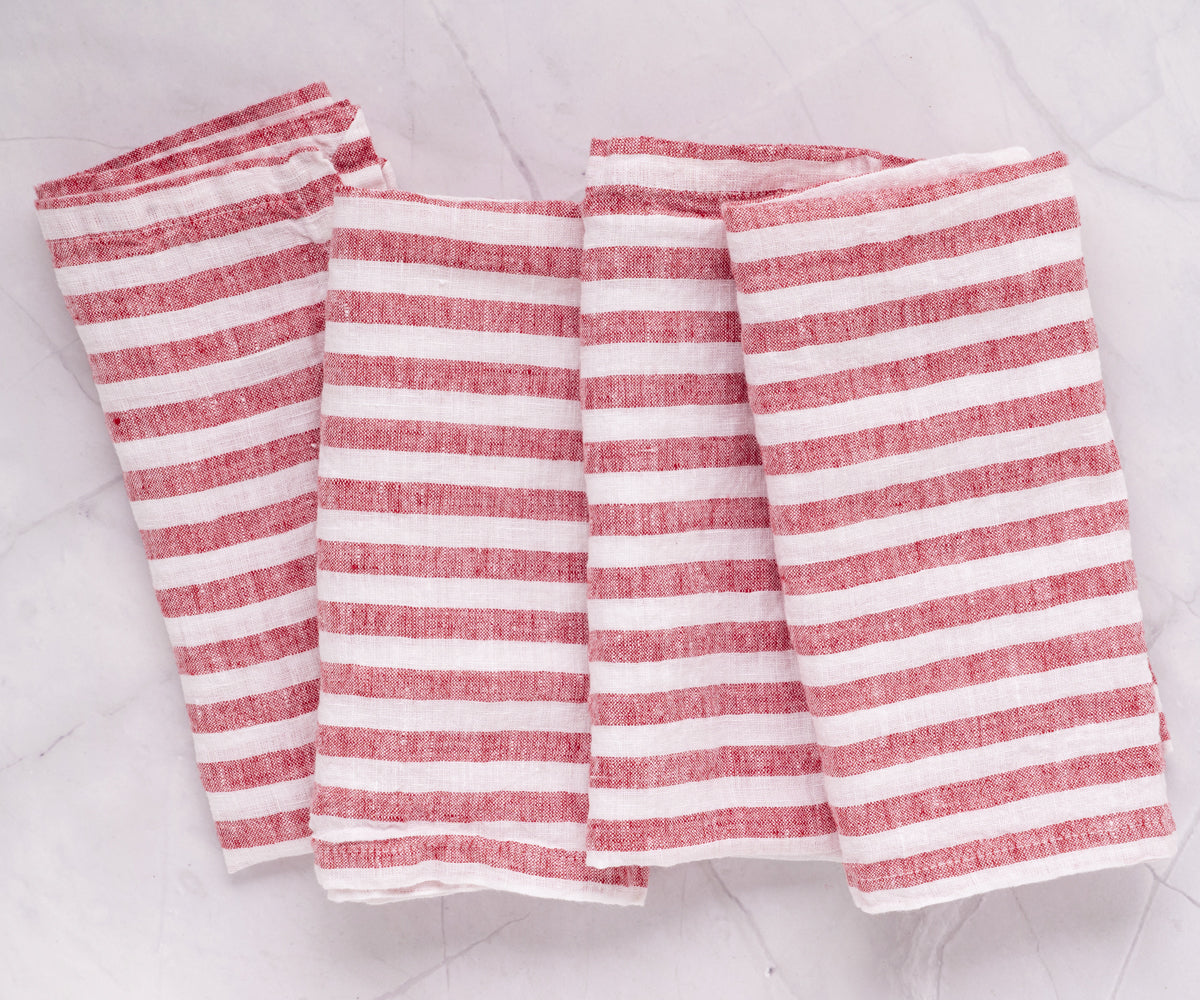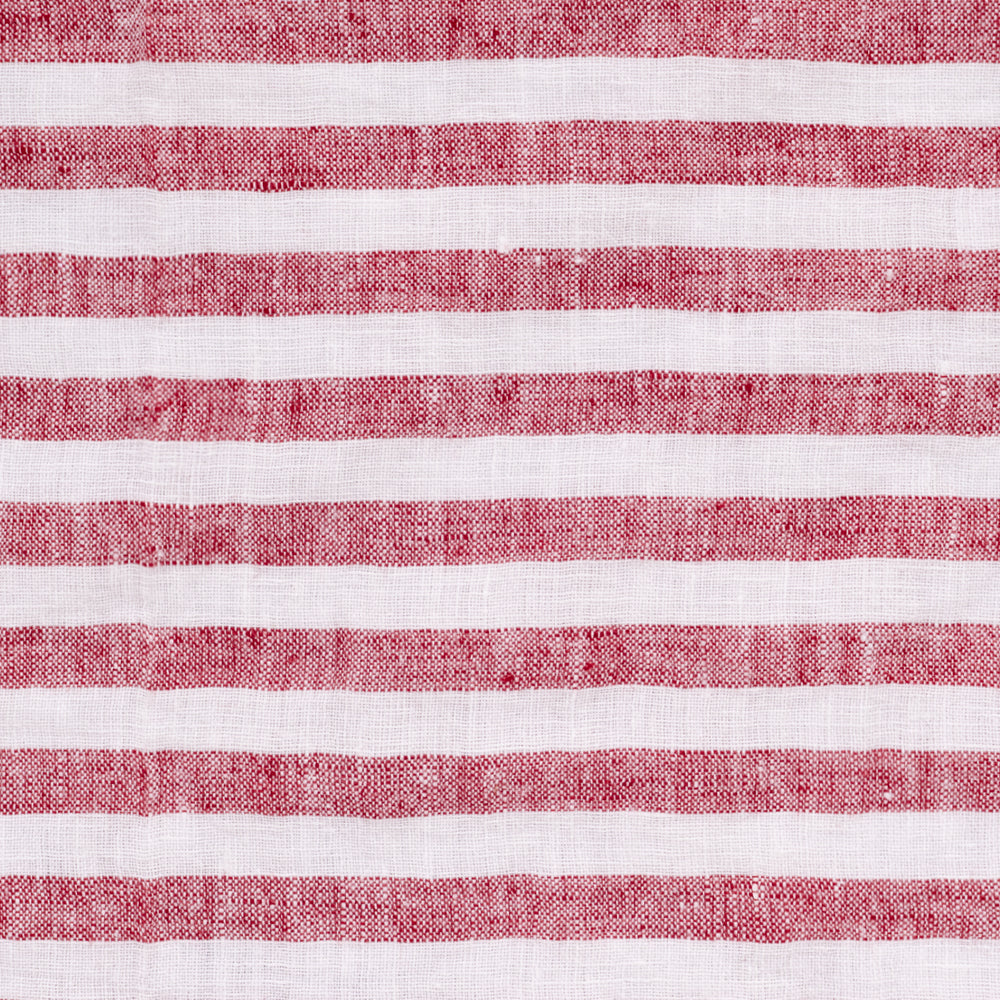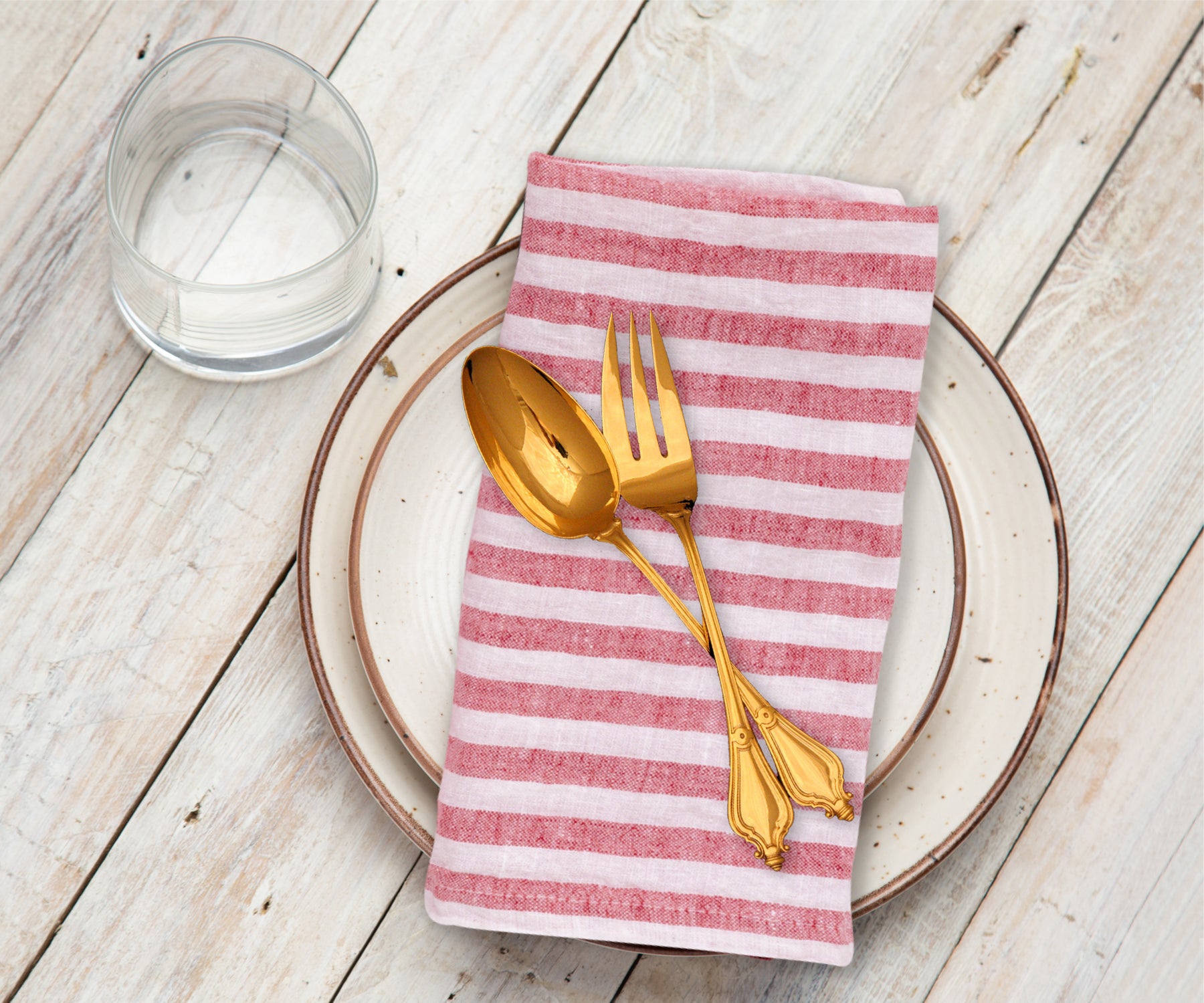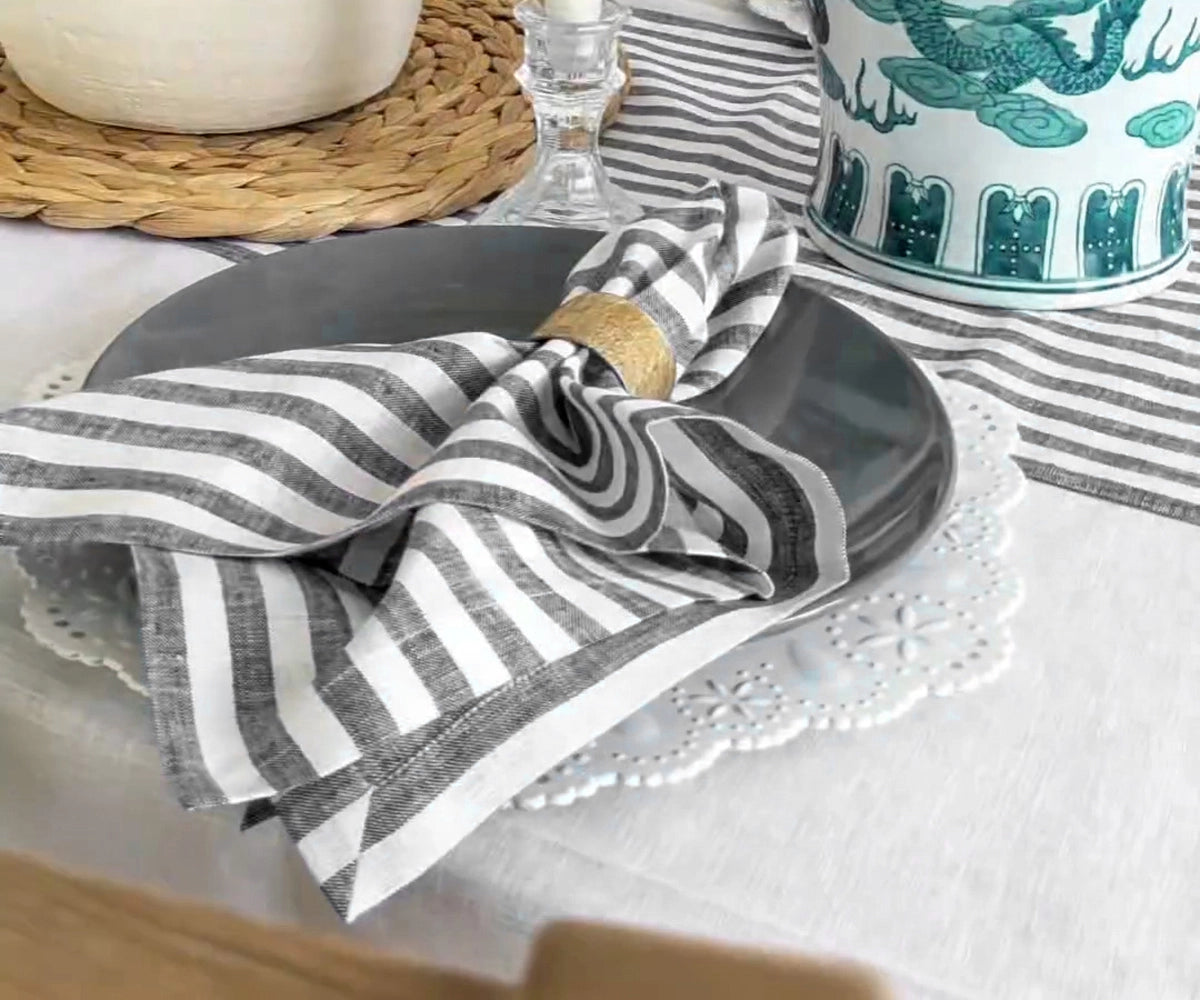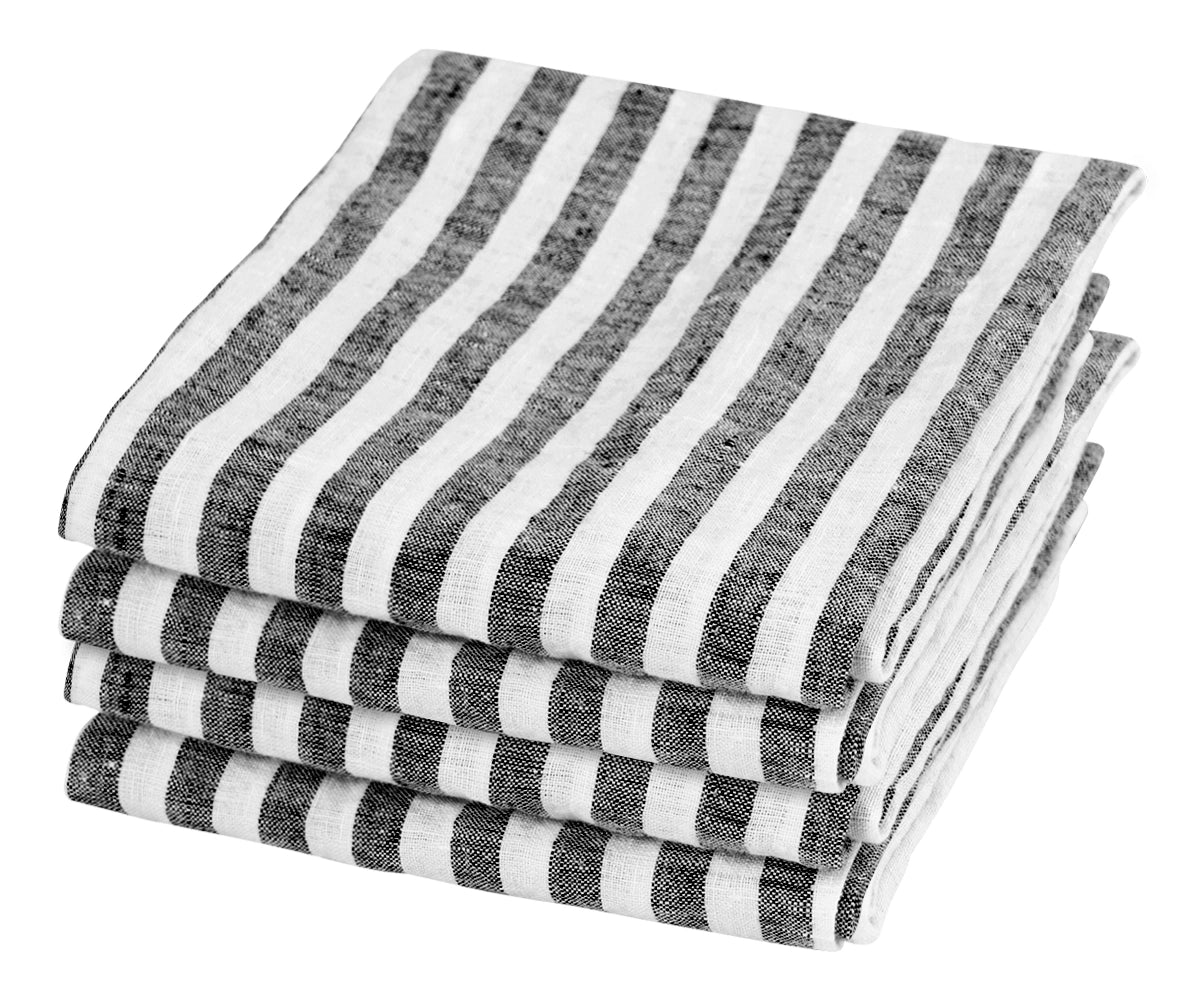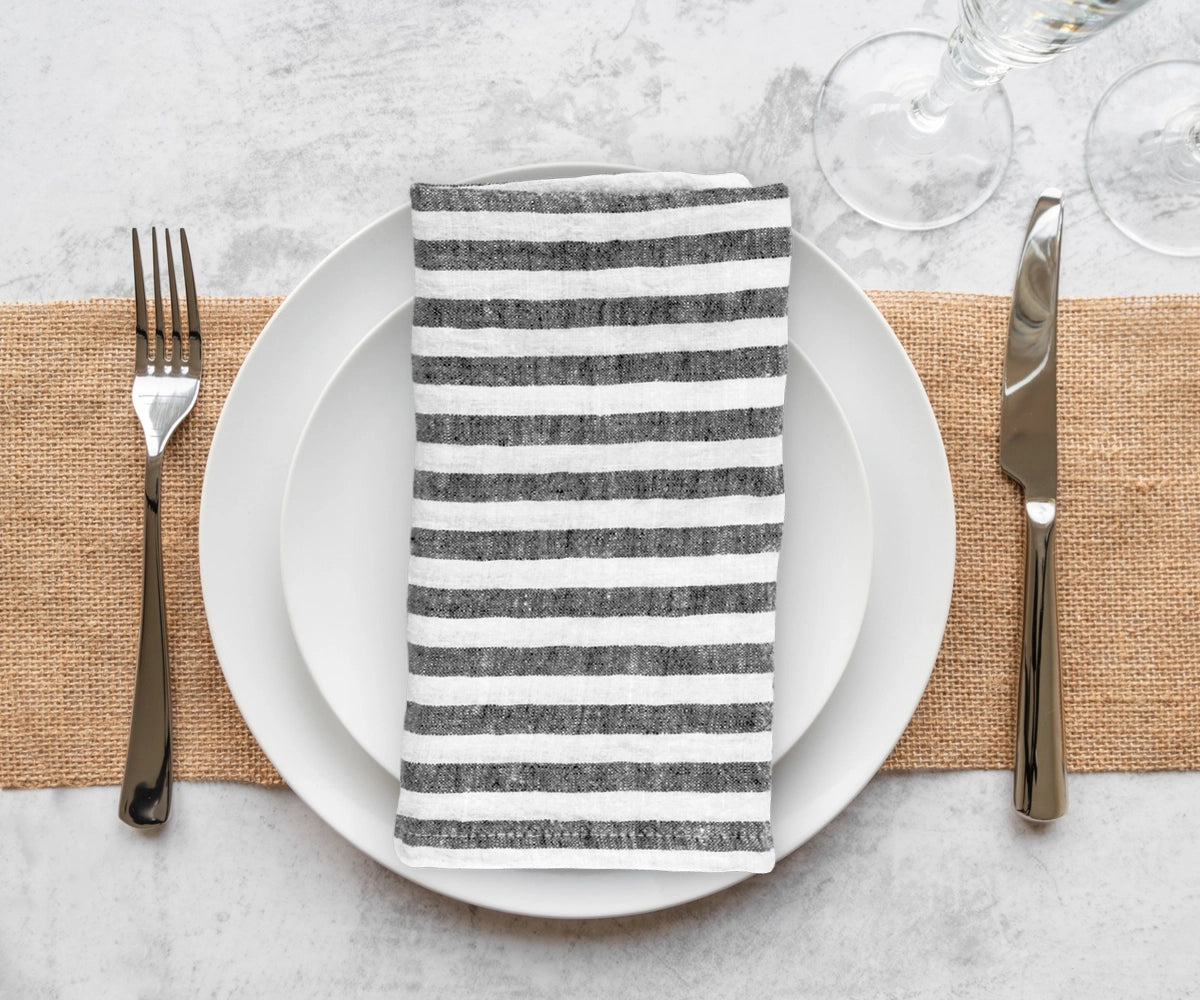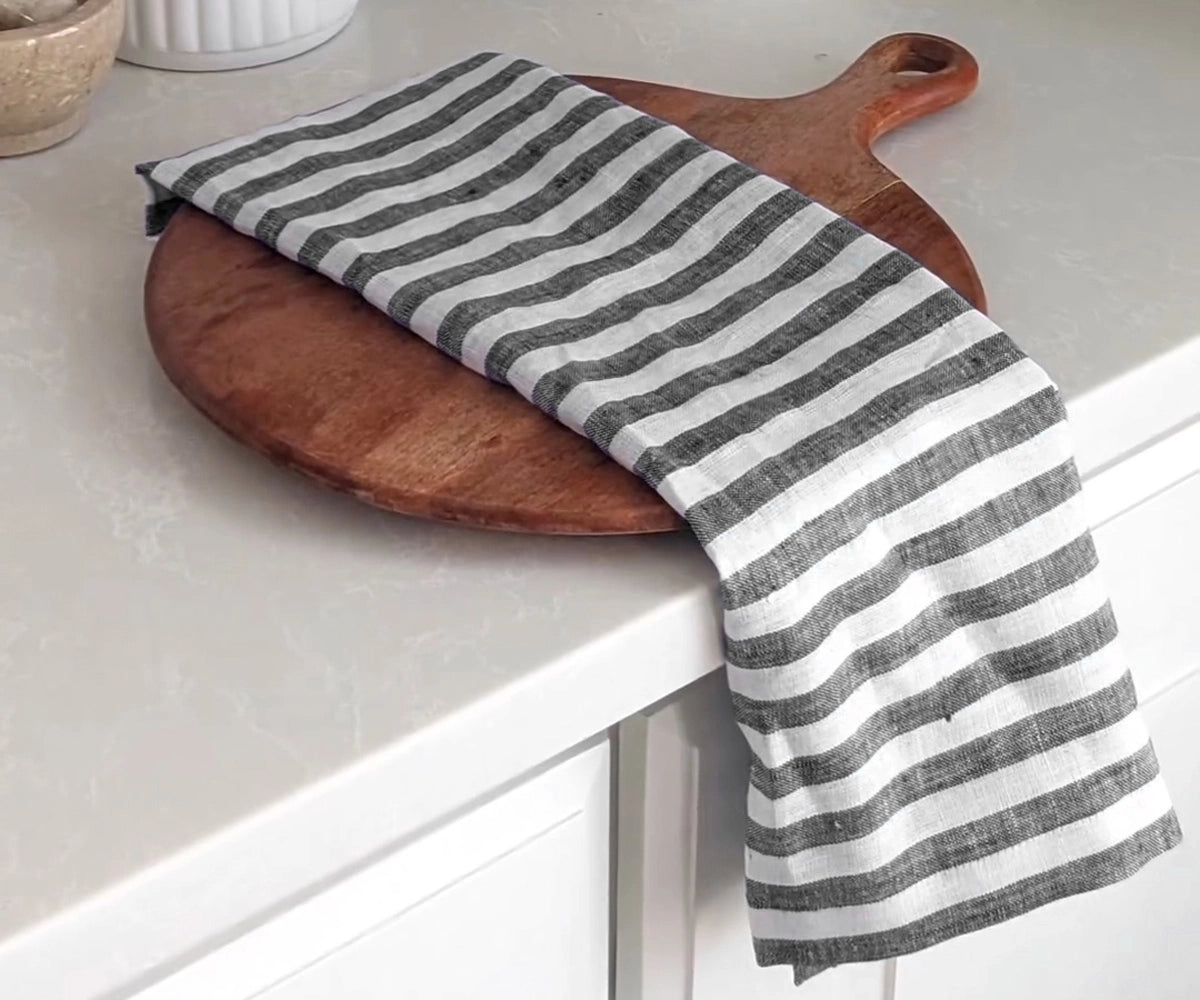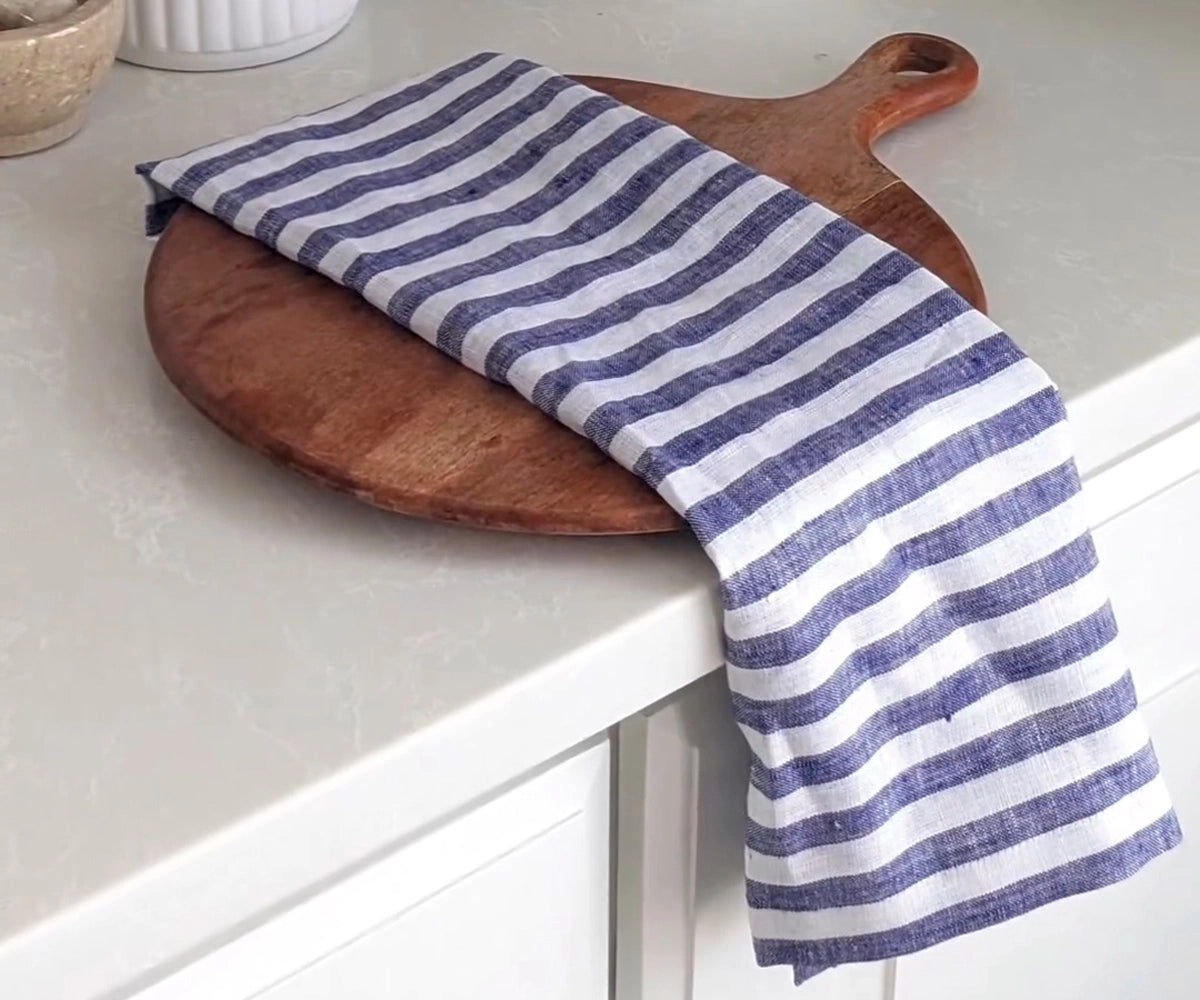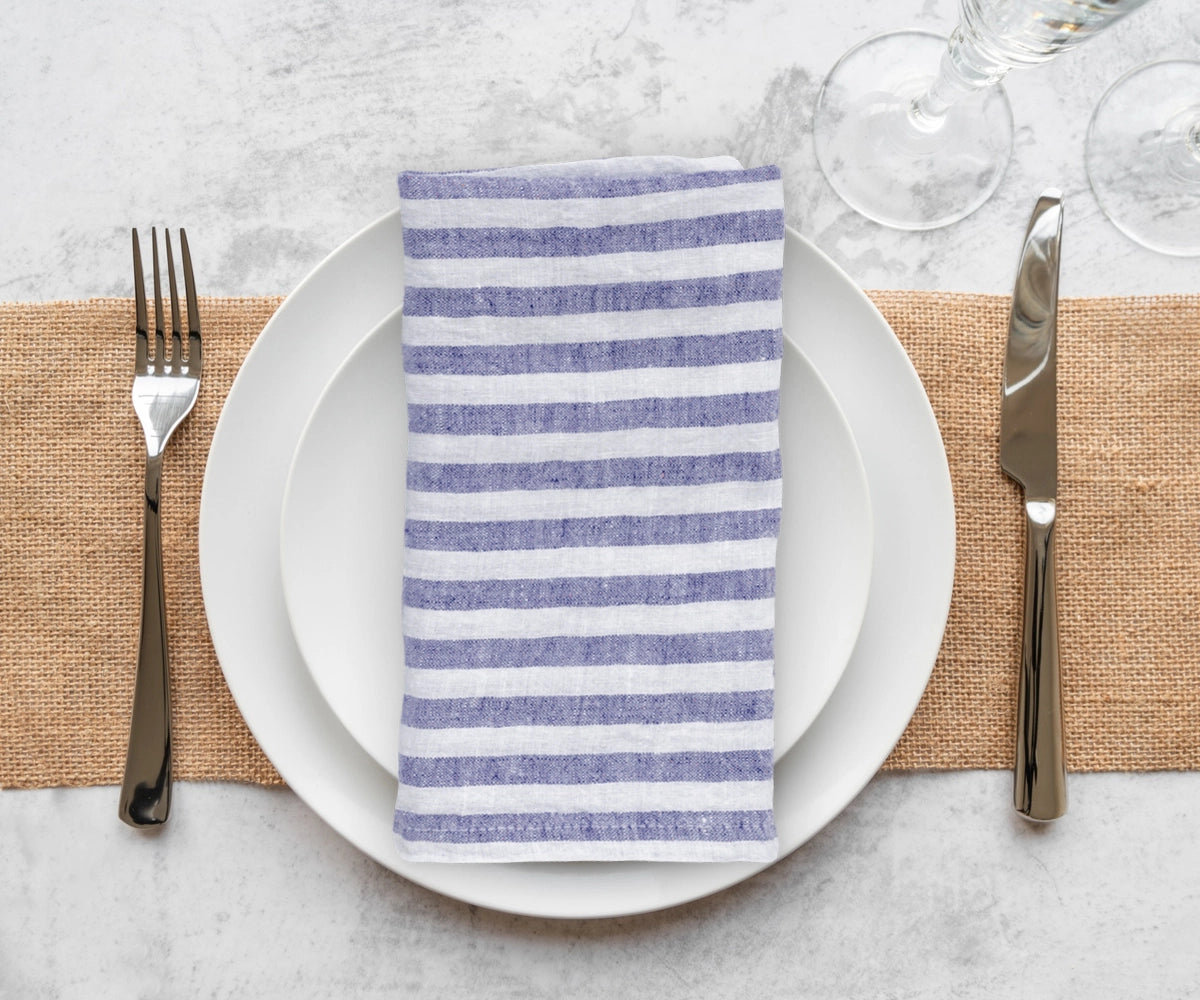1. Cultural and Regional Usage
The main difference between napkin and serviette lies in their usage, which varies by region and class. In the UK, “napkin” is traditionally the term used in more formal or upper-class settings, while “serviette” tends to be associated with casual dining and everyday use. This subtle distinction reflects a historical divide: “napkin” was once seen as the preferred term among the upper classes, whereas “serviette,” a word borrowed from French, was used in more casual or working-class environments.
In North America, however, the term “napkin” is more universally used, with “serviette” being rare and sometimes considered outdated or overly formal.
Also Read: What Do Millennials Use Instead of Napkins?
2. Formality and Social Perception
While the difference between napkin and serviette may not be significant for everyday conversation, understanding the context can be useful. For example, using “napkin” in the UK might convey a sense of formality or sophistication, whereas “serviette” might suggest a more relaxed, informal meal. This differentiation can help when planning events or when dining in various settings.
Read More: How to Fold a Napkin for a Wine Glass?
3. Practical Use and Material
In terms of practicality, there is no inherent difference in function between a napkin and a serviette. Both serve the same purpose: to clean the hands and mouth during meals and to protect clothing. However, some people may refer to disposable paper products as “serviettes,” while “napkins” may be associated more with cloth varieties used in formal dining.

Read Related: Three Kid-Friendly Napkin Folds to Make Mealtime Fun
So, “what’s the difference between napkin and serviette?” The answer mainly comes down to cultural and regional preferences, particularly in the UK. While both terms are interchangeable and serve the same function, “napkin” often carries a more formal or upper-class connotation, whereas “serviette” is seen as more casual. Understanding these nuances can be helpful in choosing the appropriate term for different dining contexts.
What Is the Difference Between Napkin and Serviette?
The terms napkin and serviette generally refer to the same thing—a cloth or paper used to wipe your hands and mouth during meals. However, napkin is more commonly used in American English, while serviette is favored in British English, particularly in informal settings.







